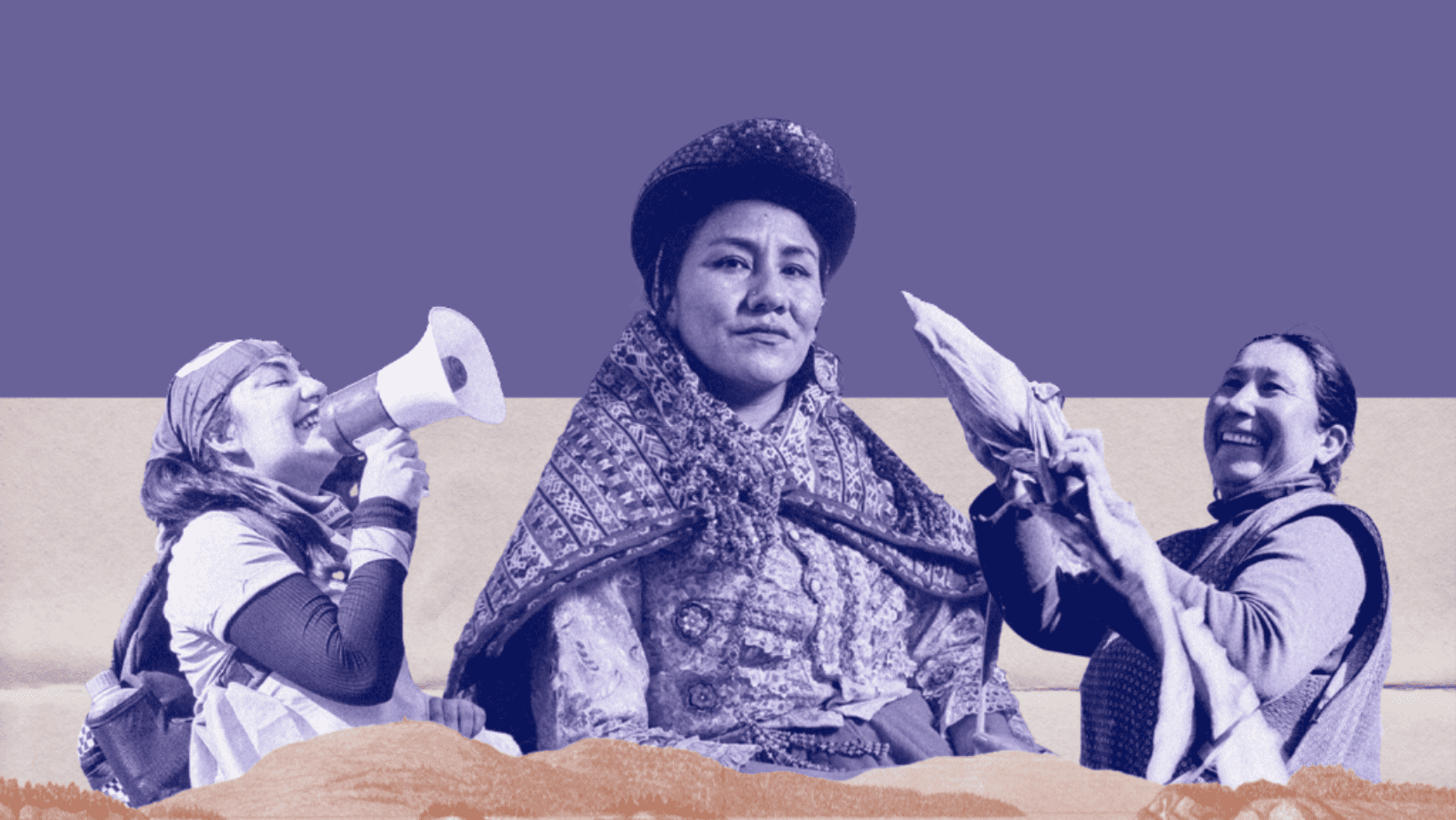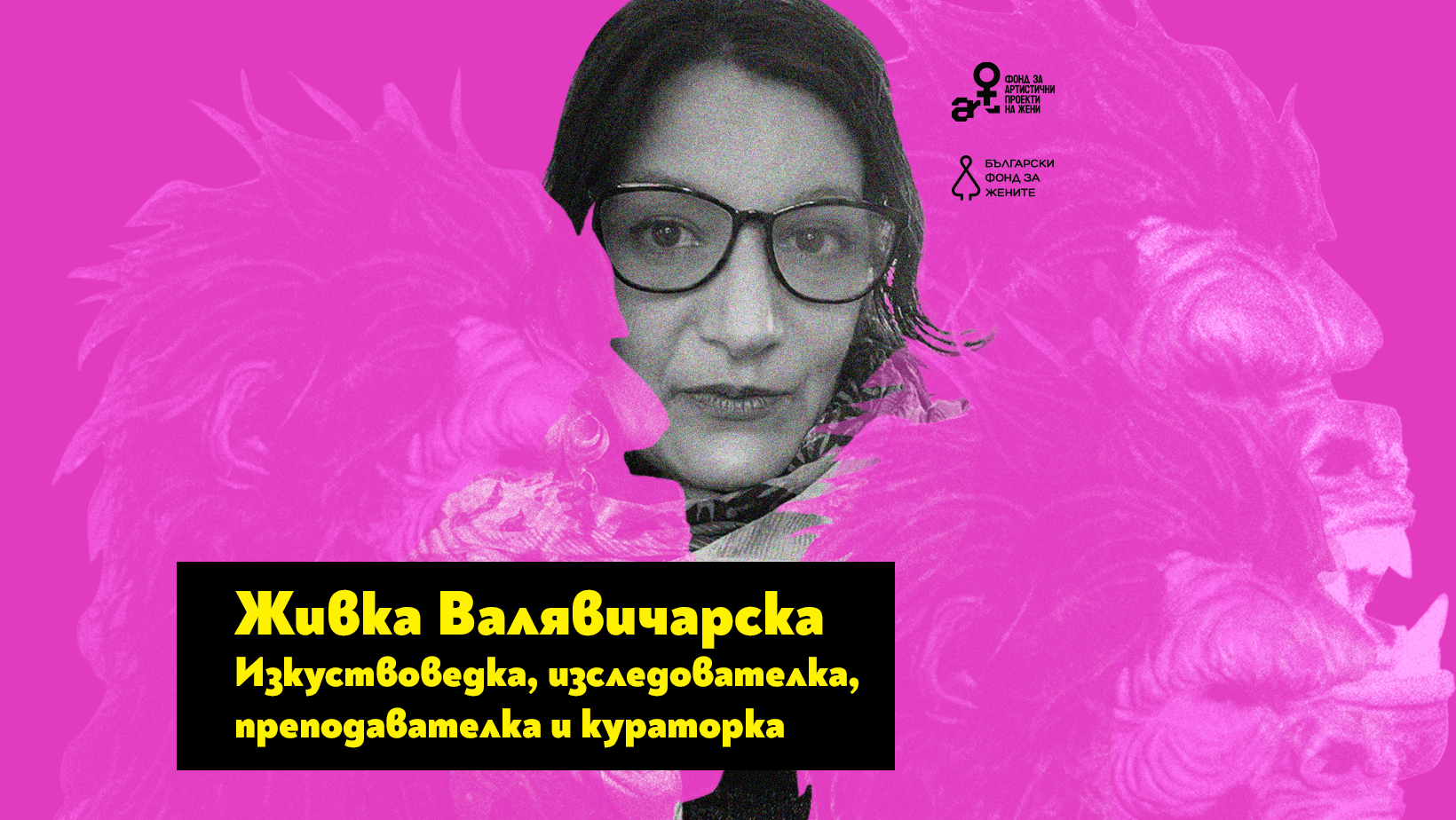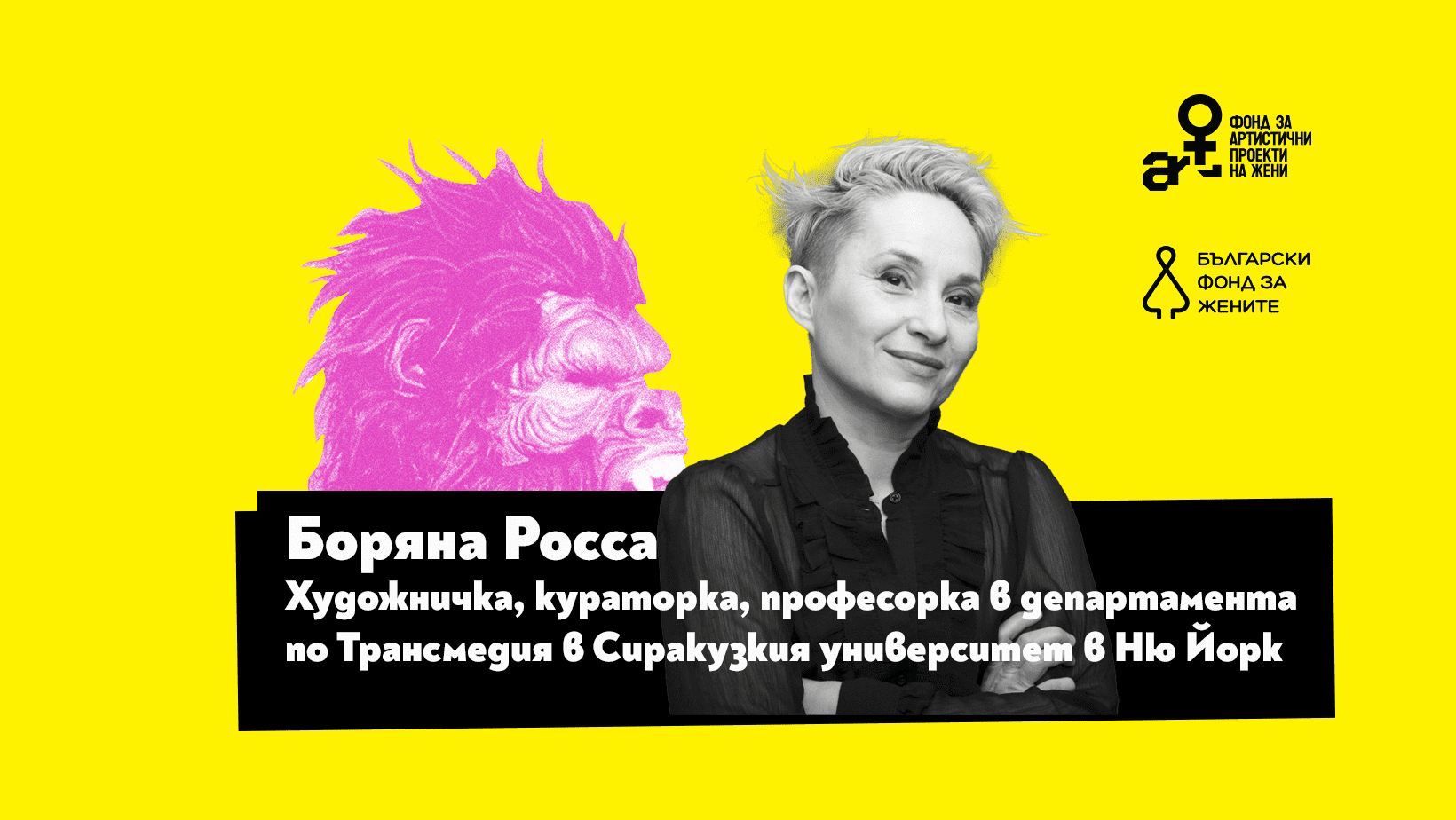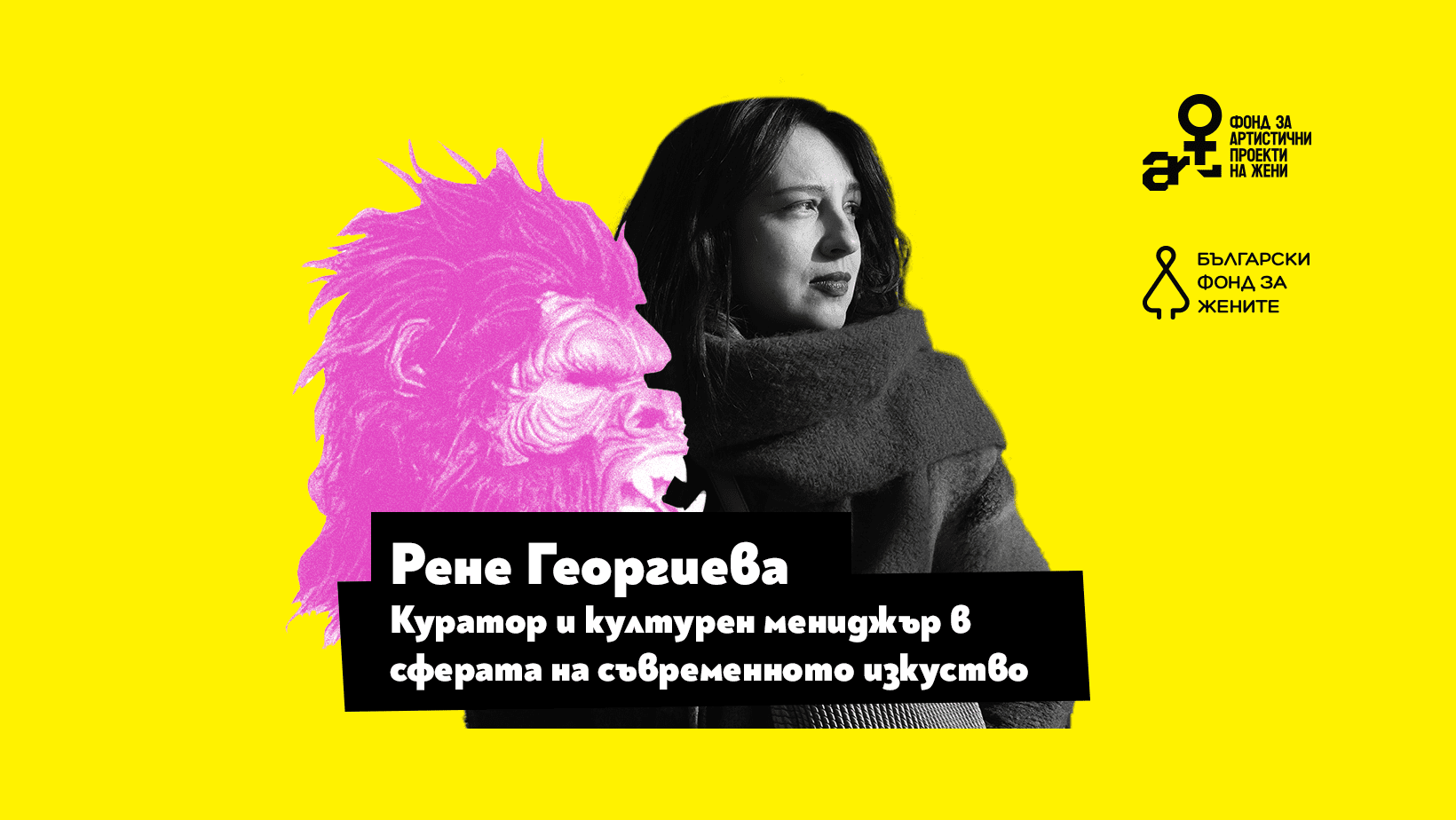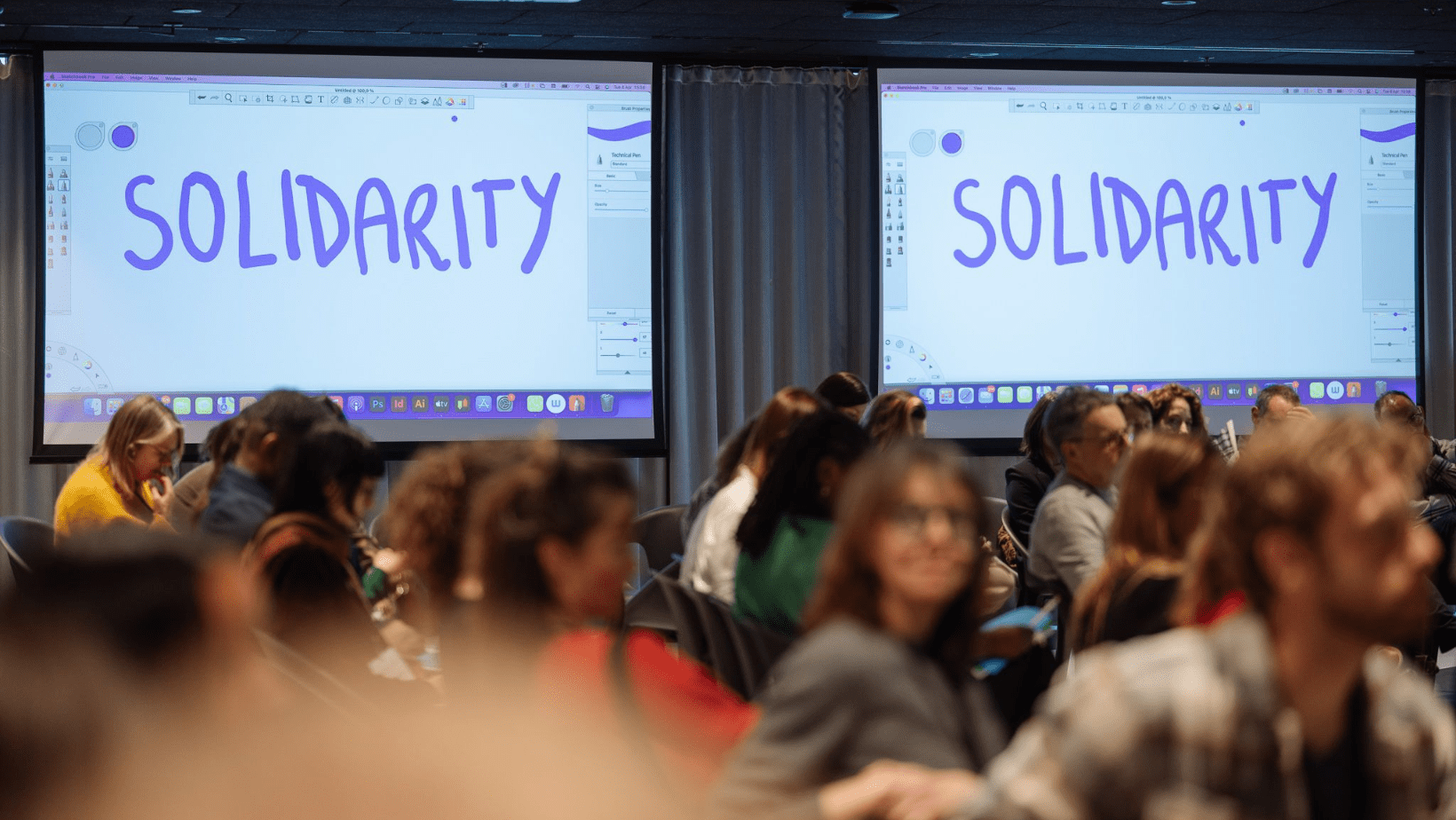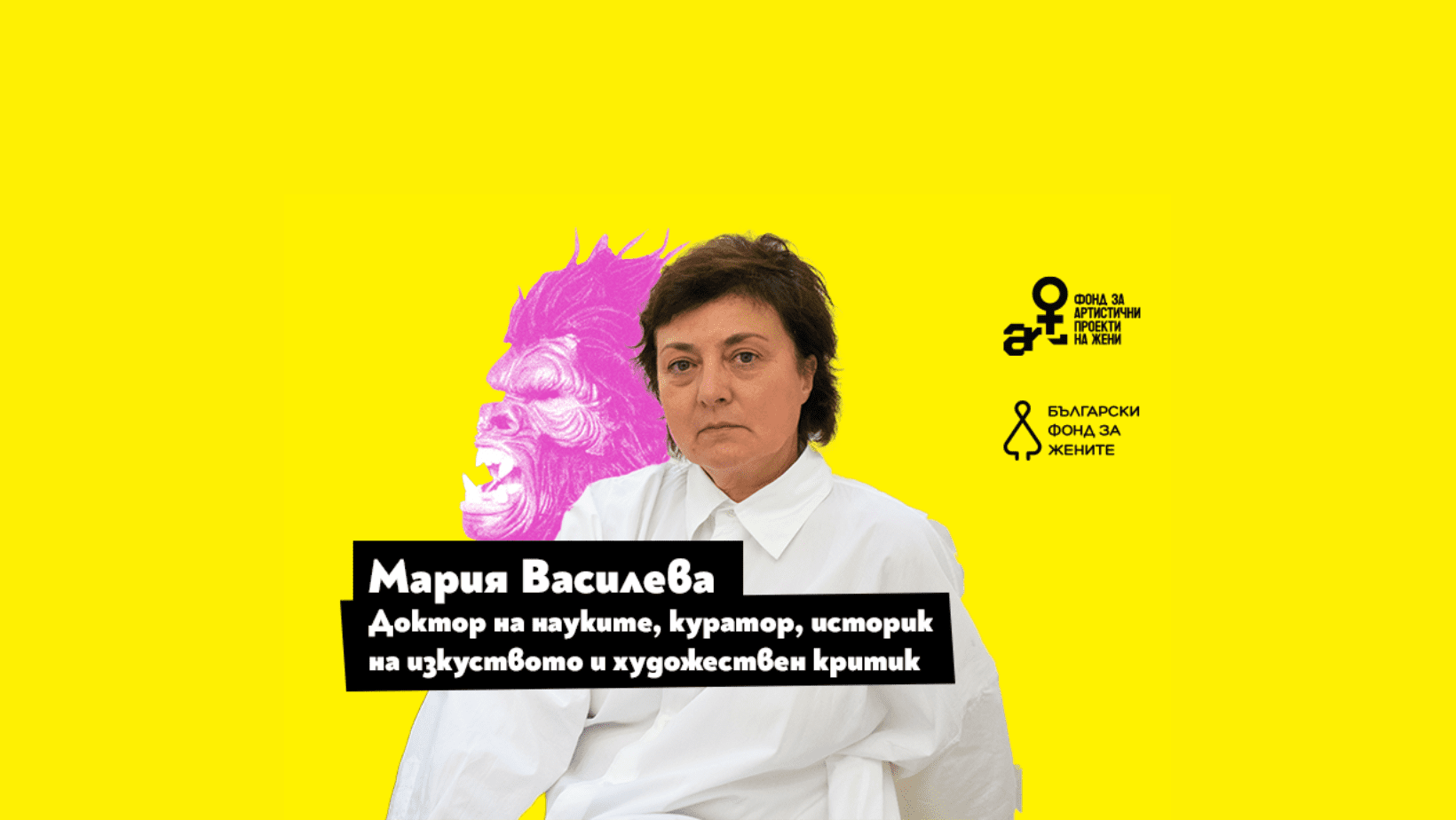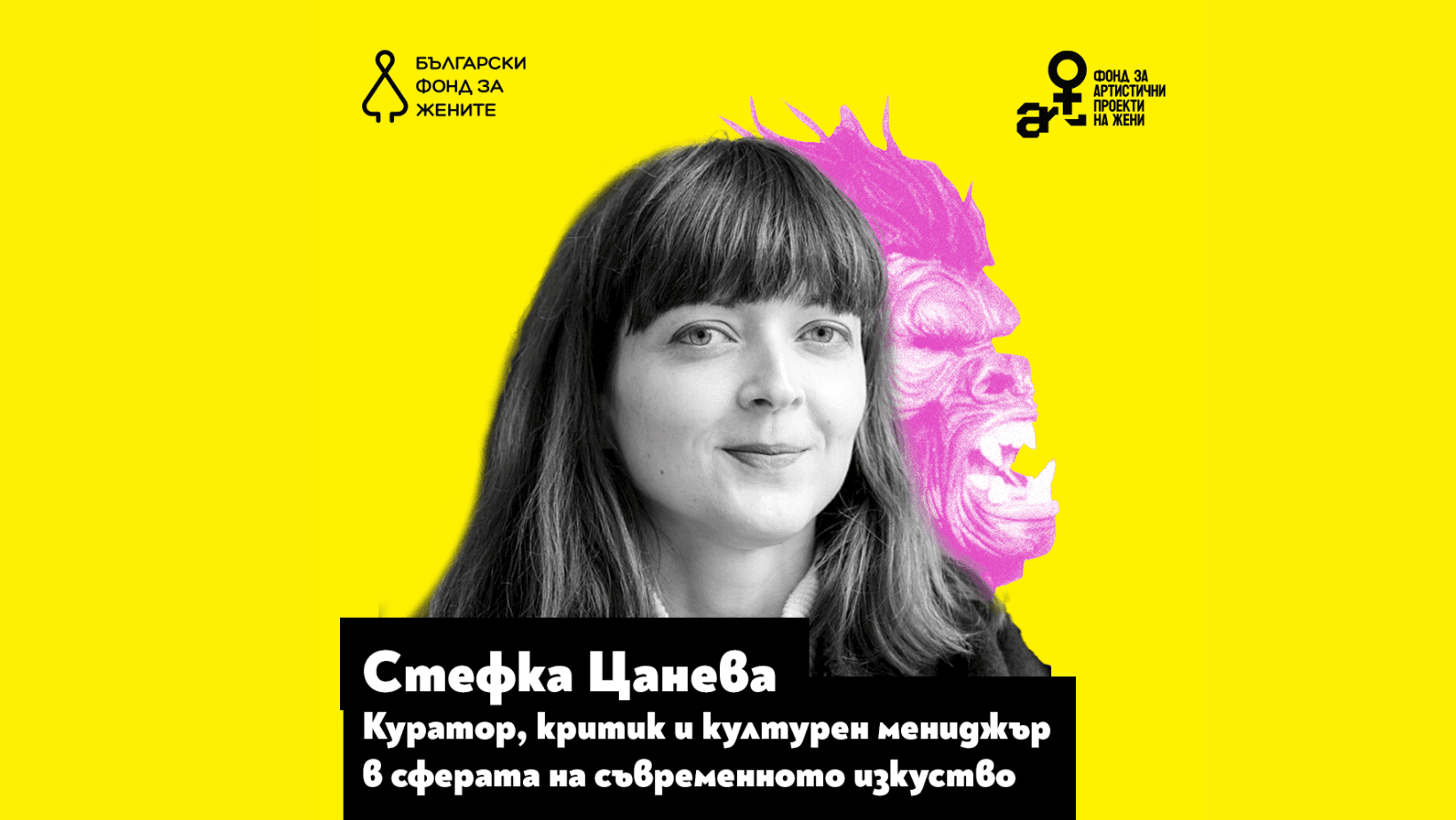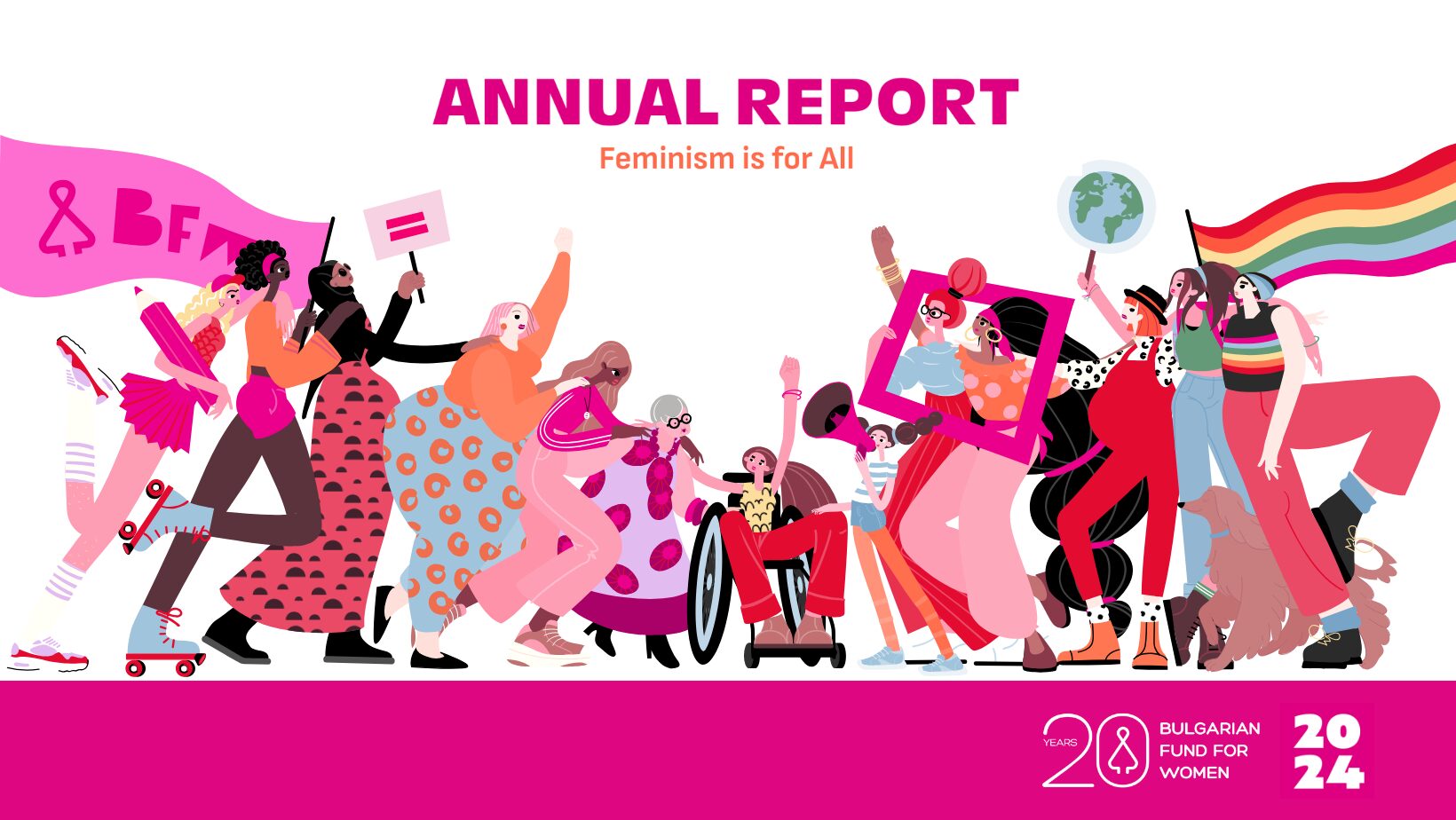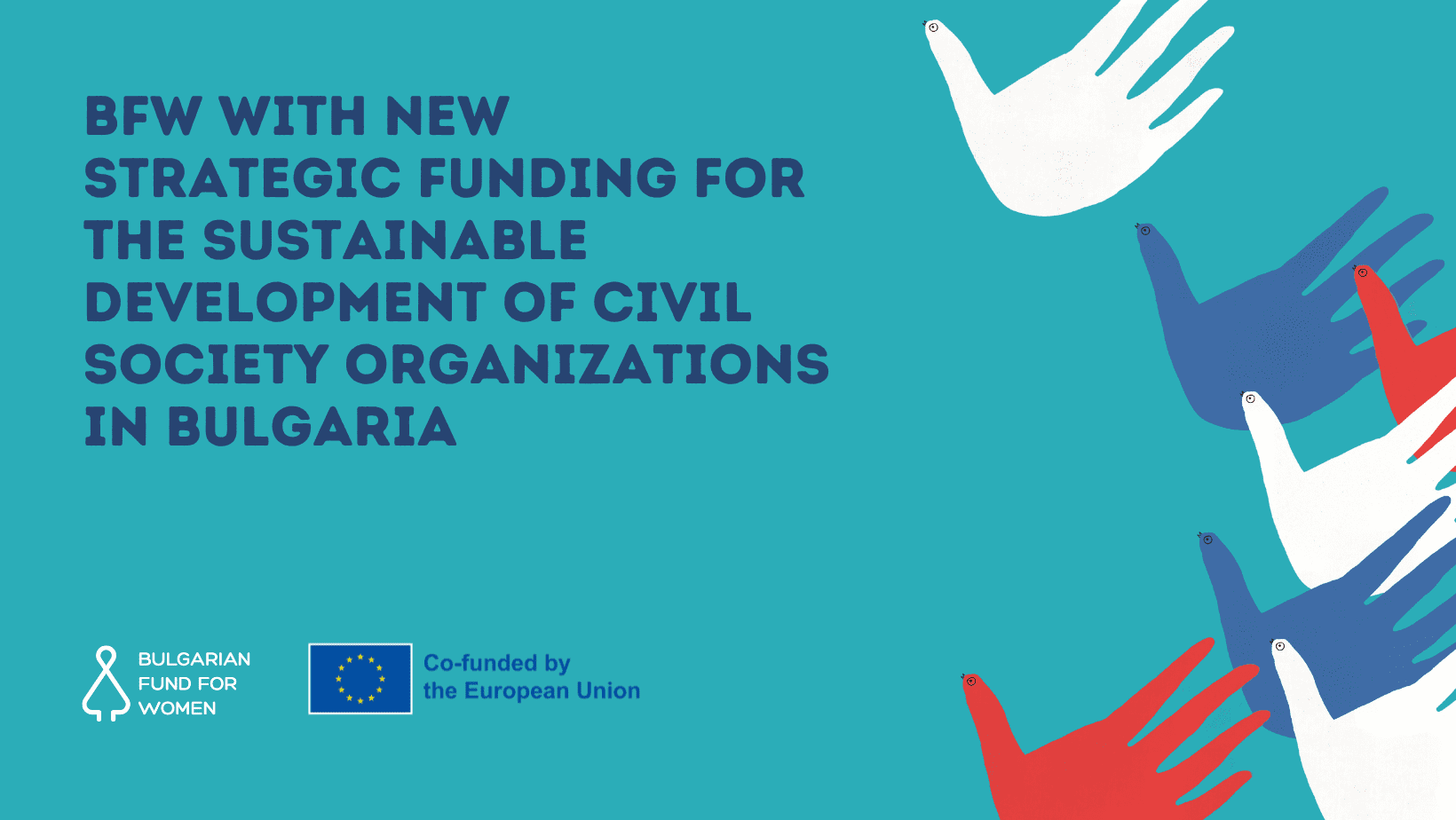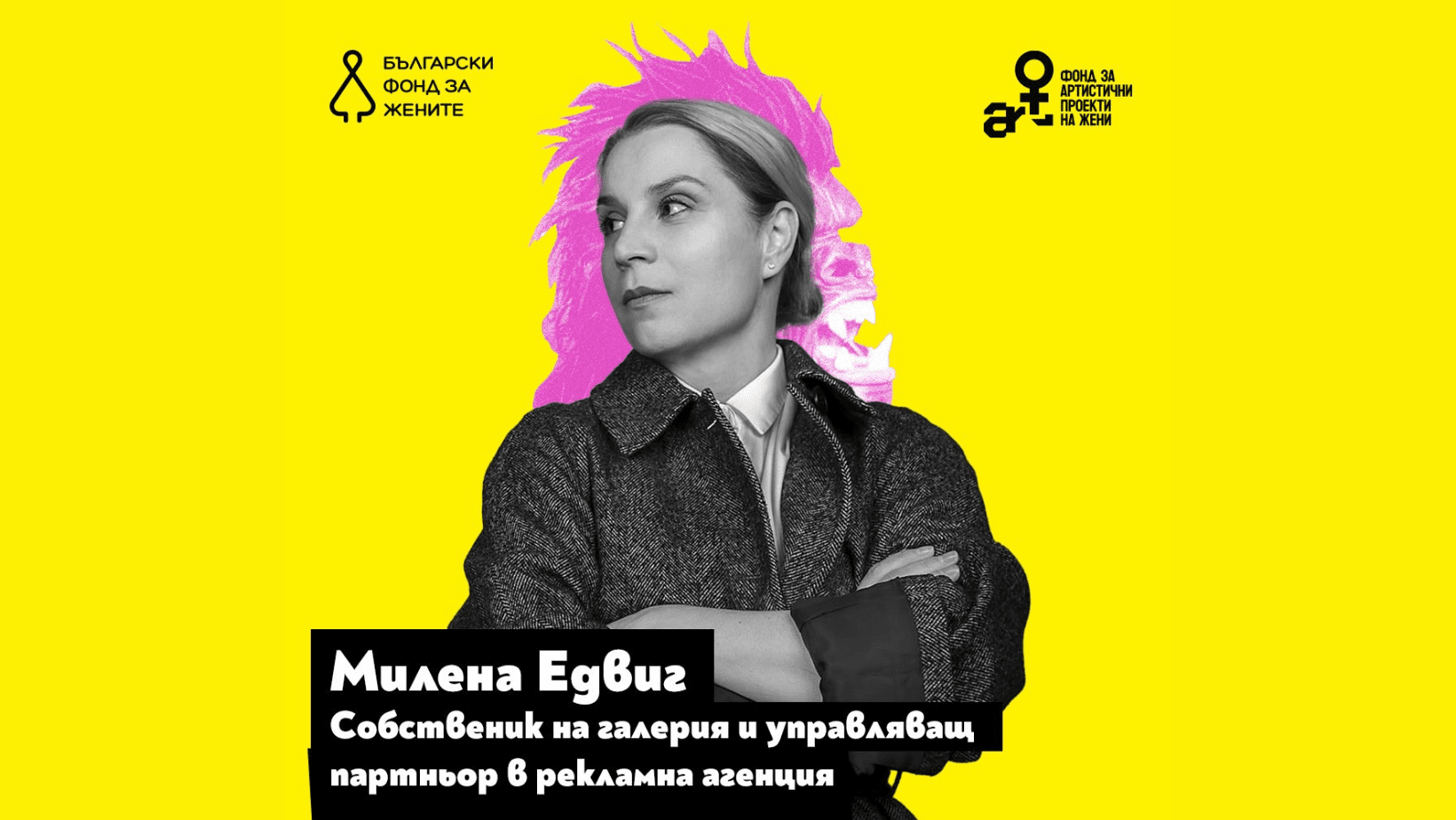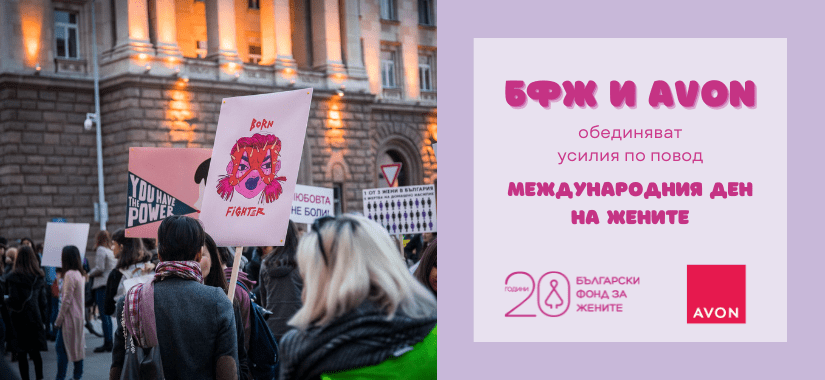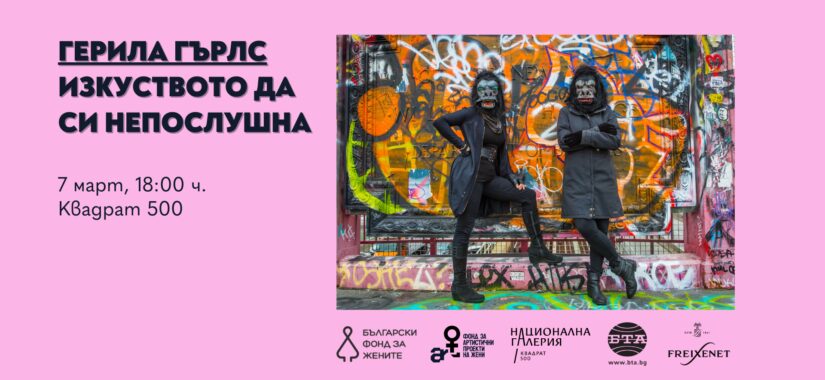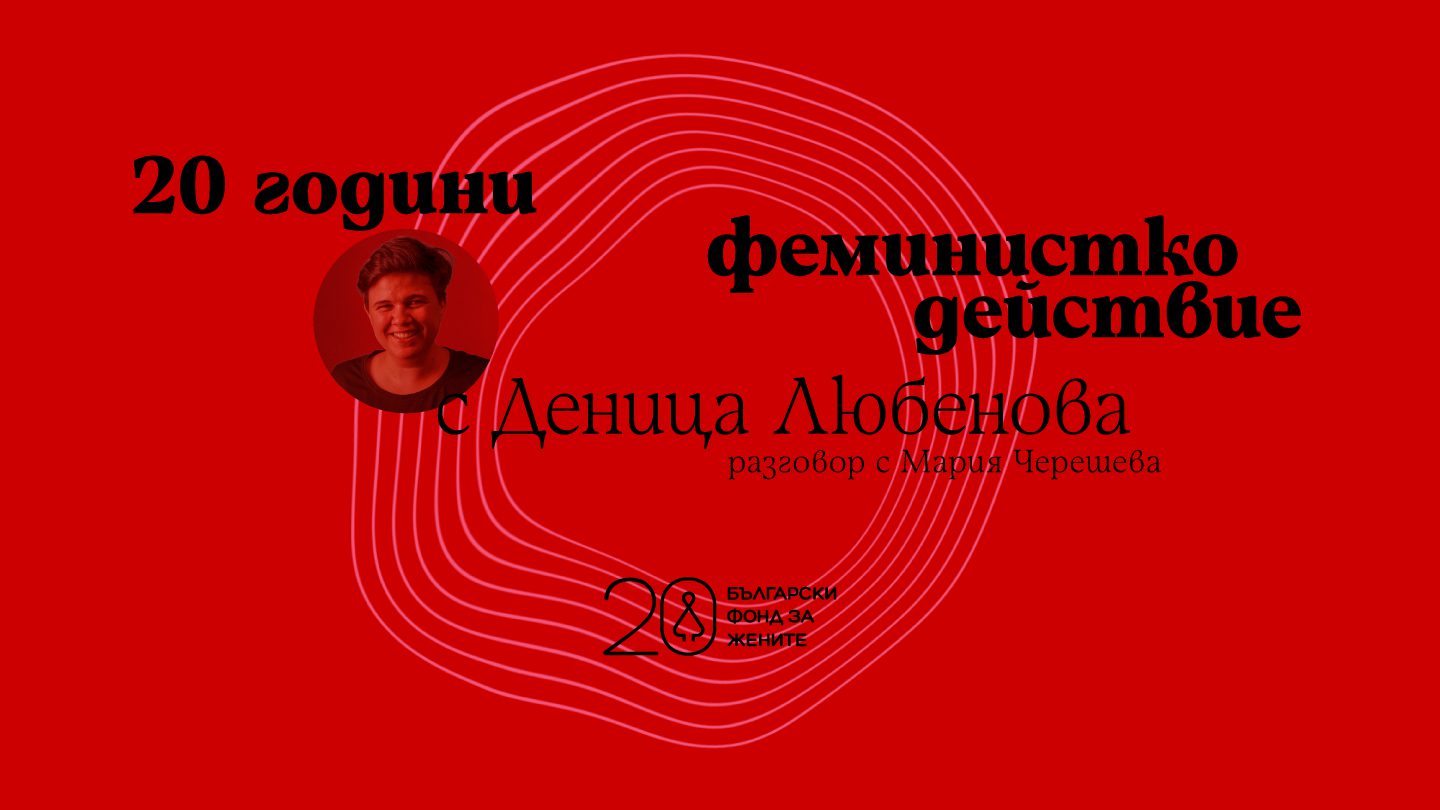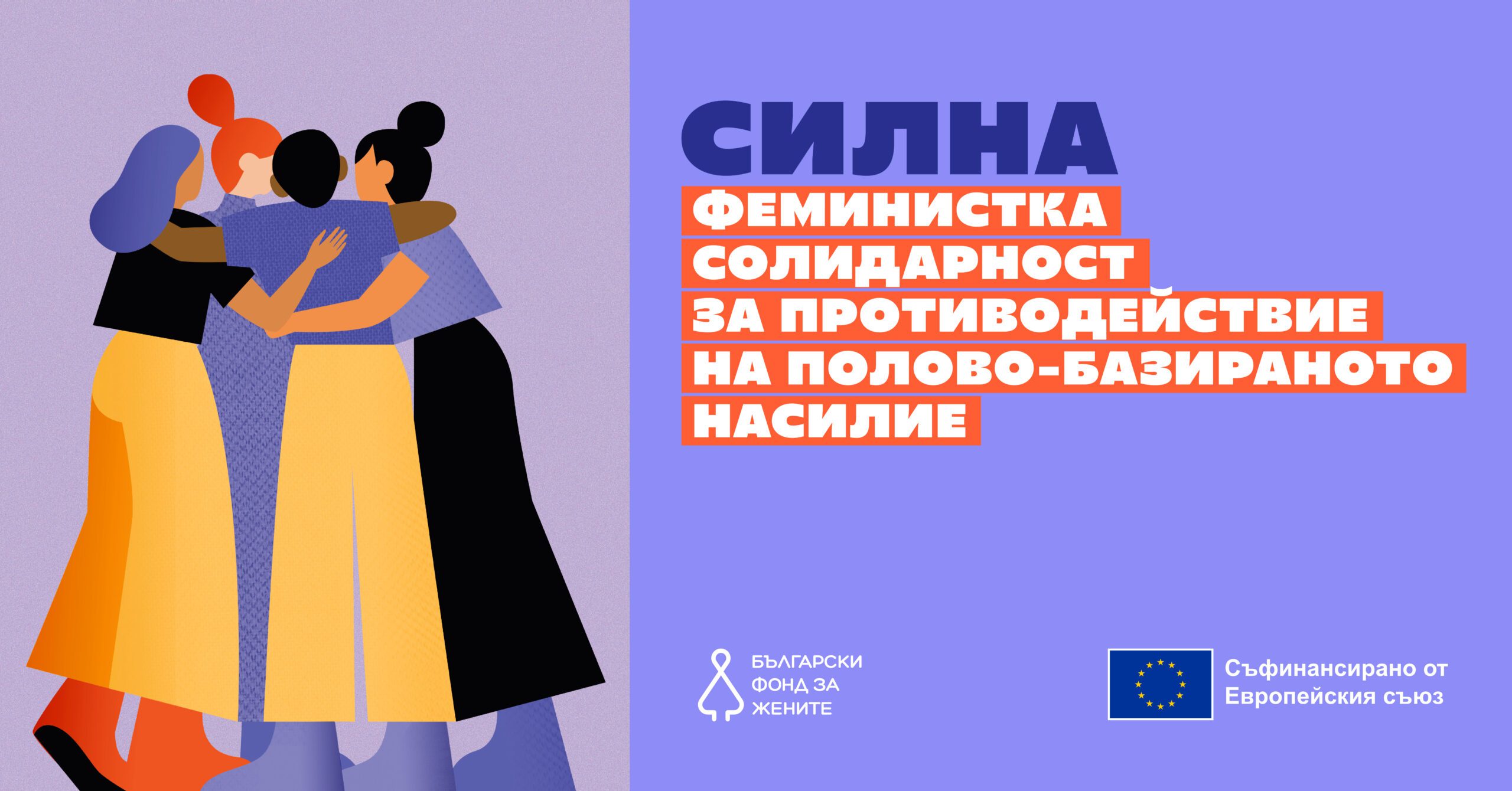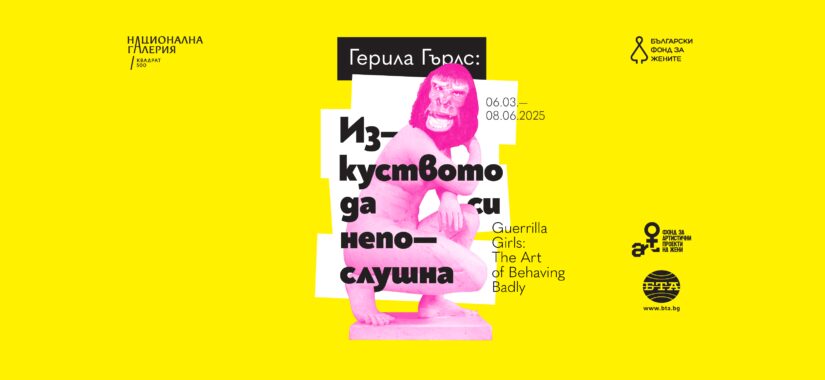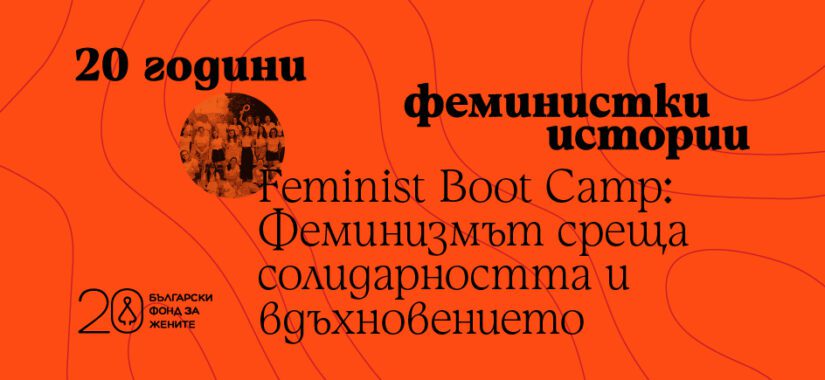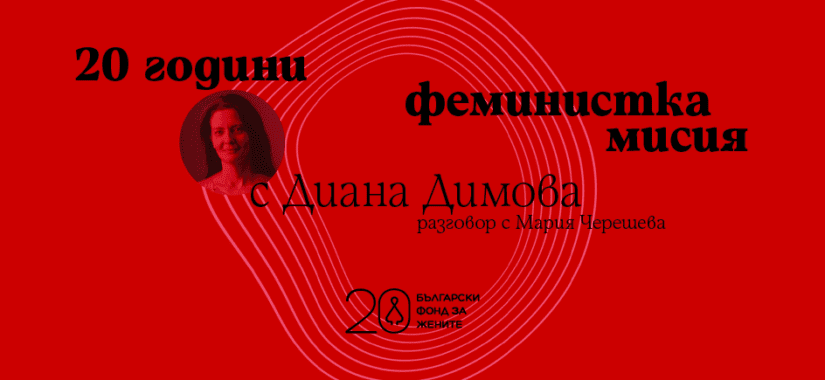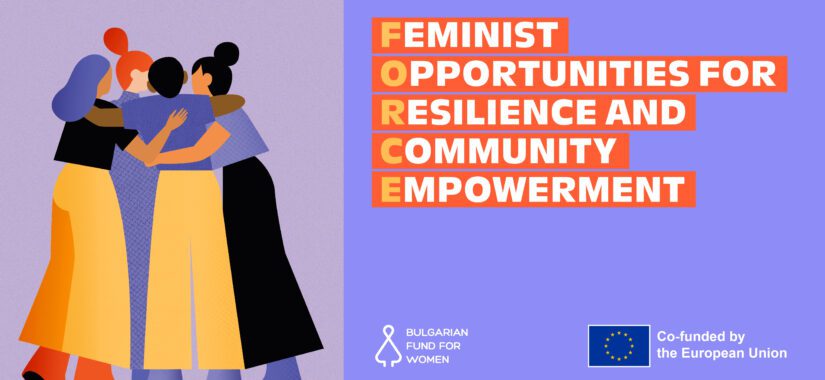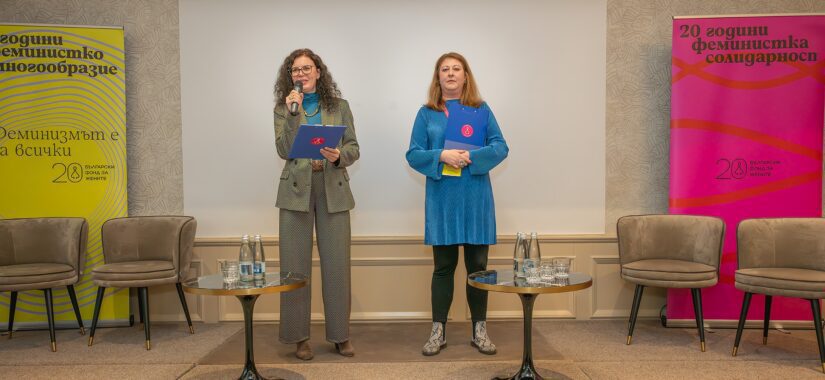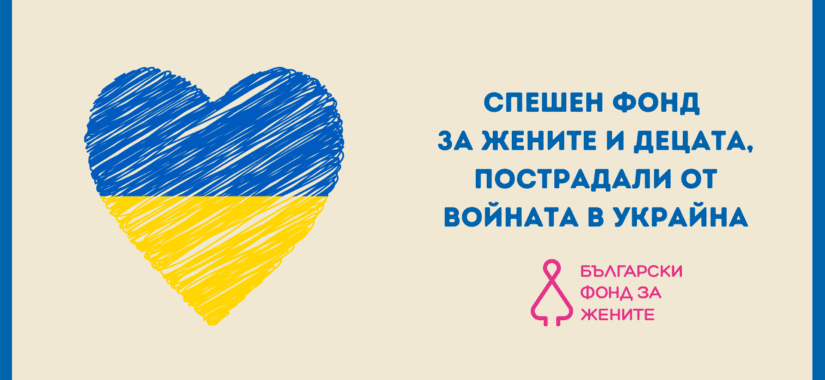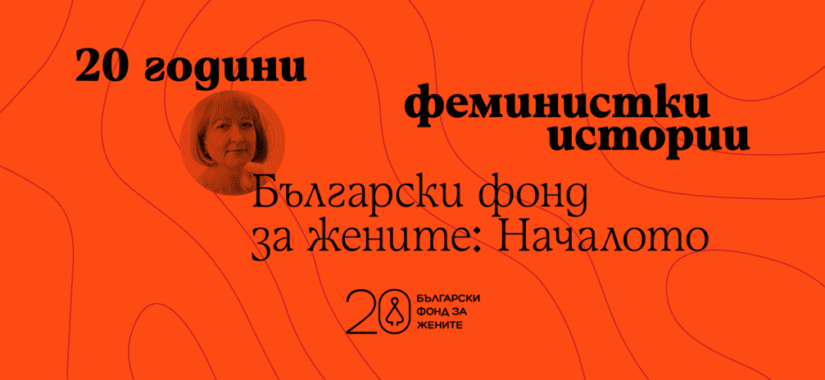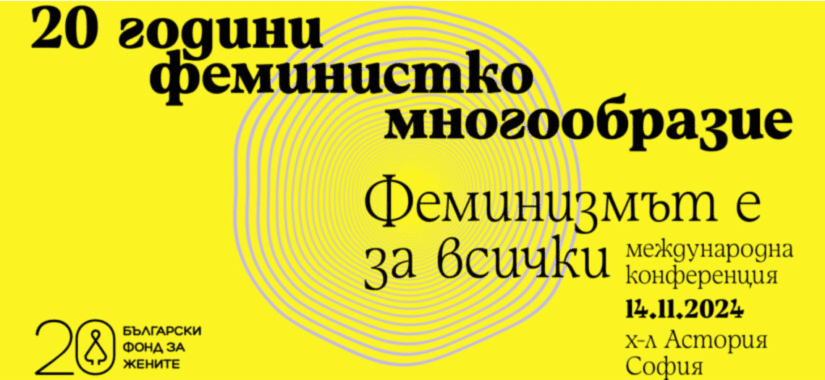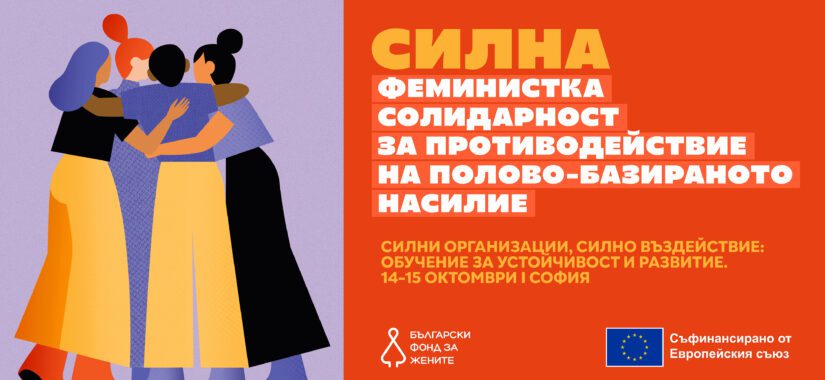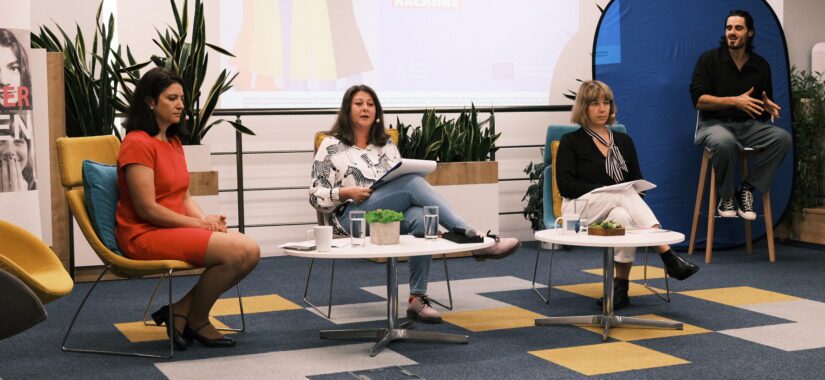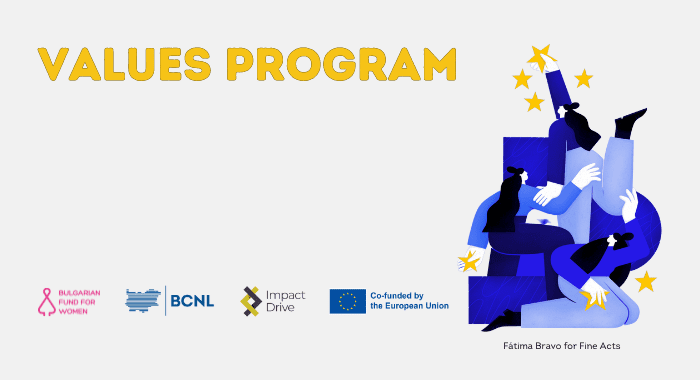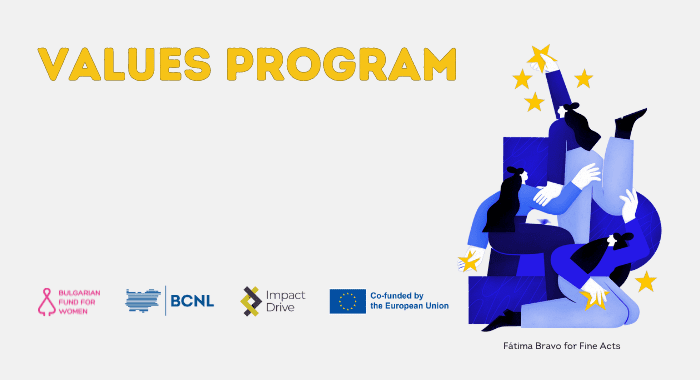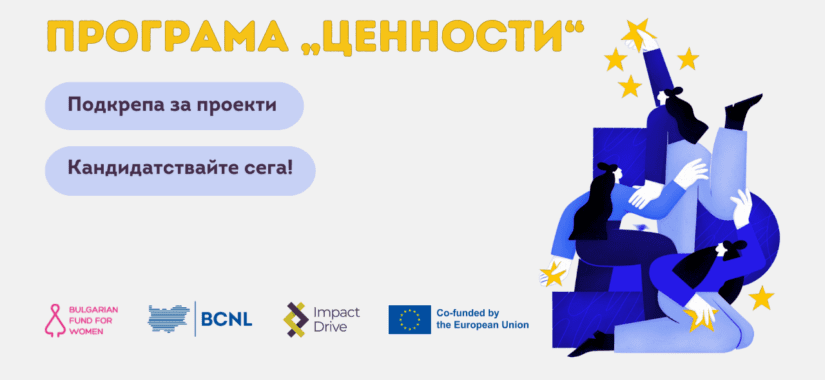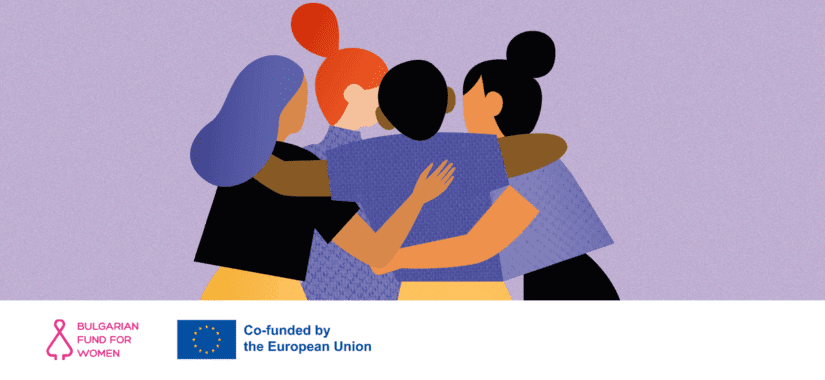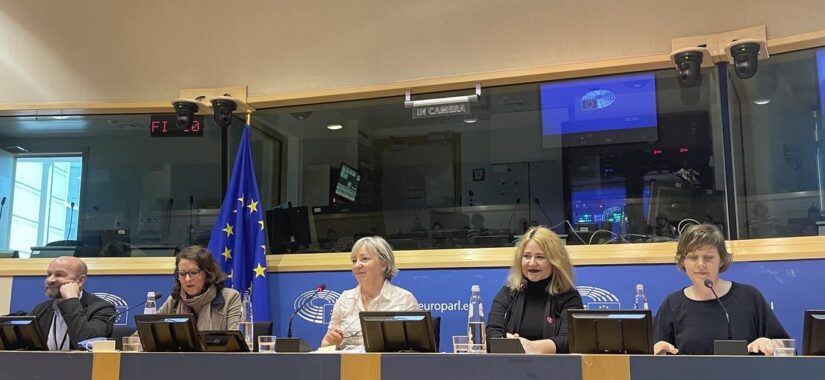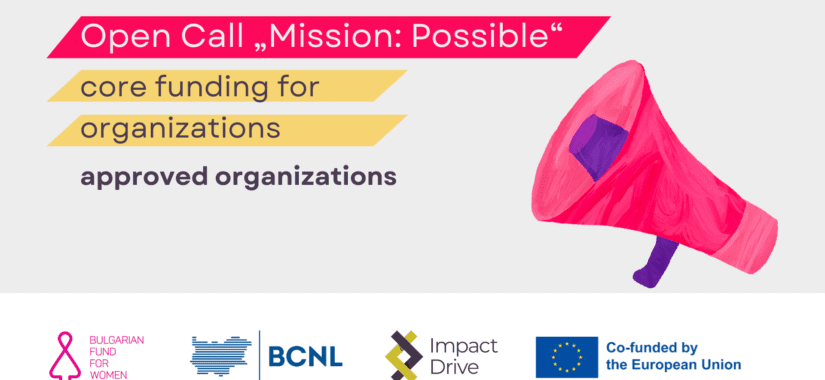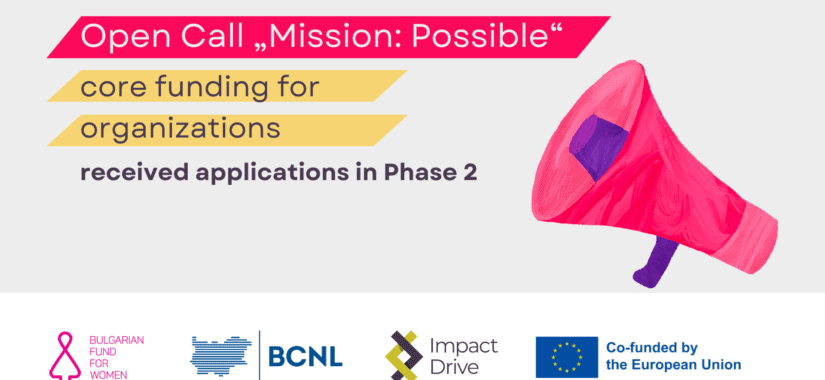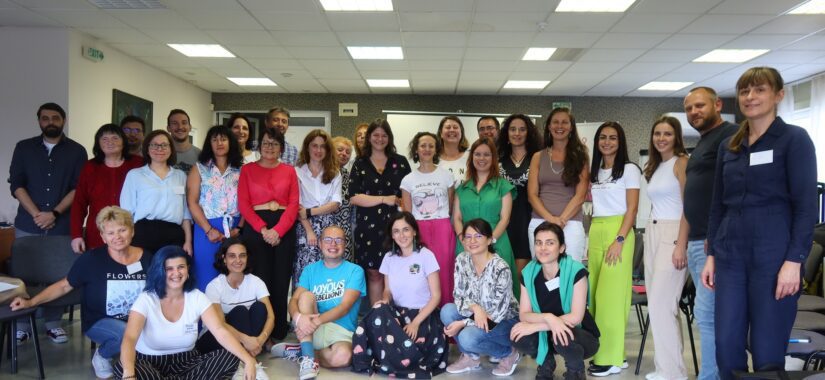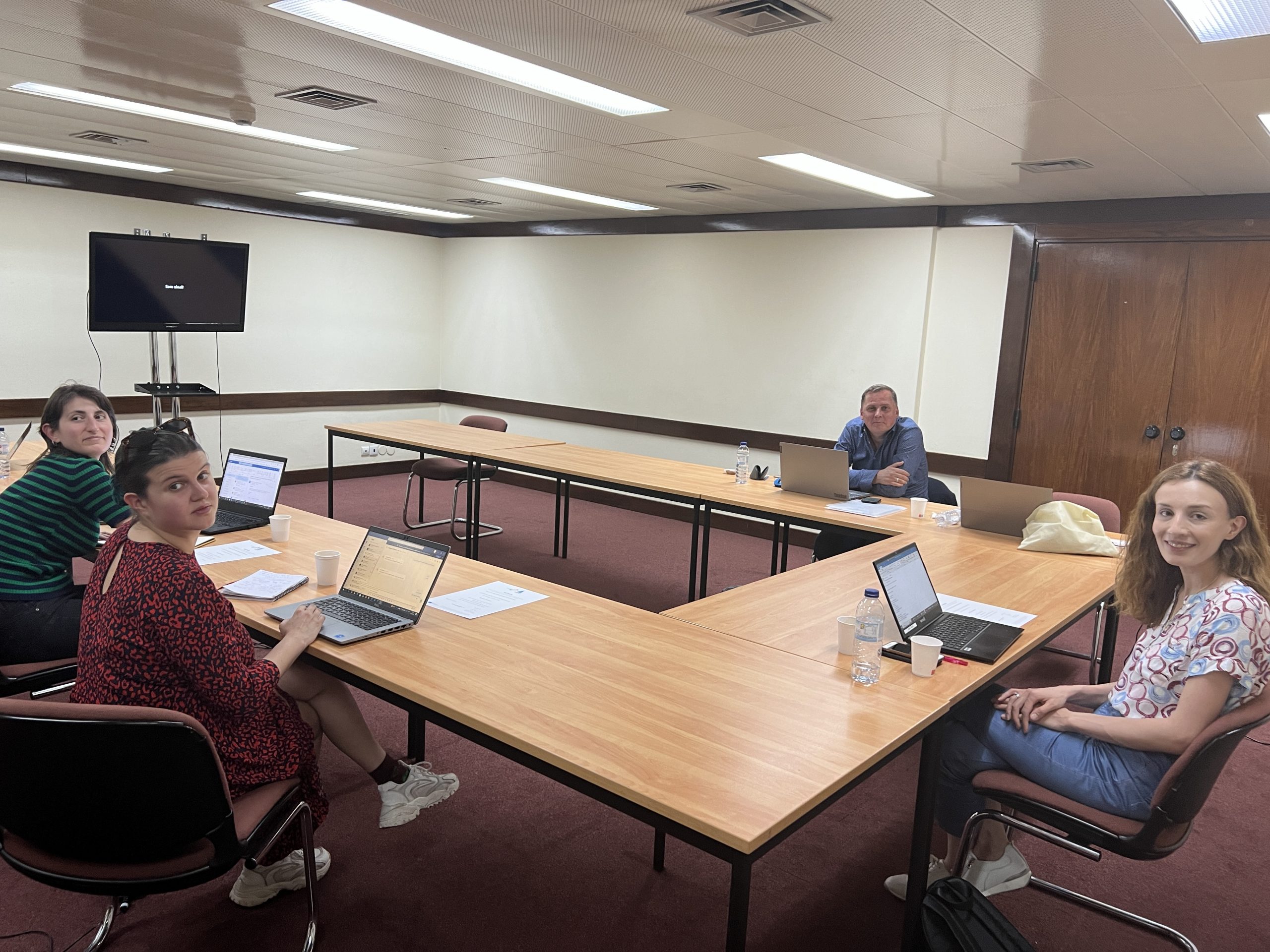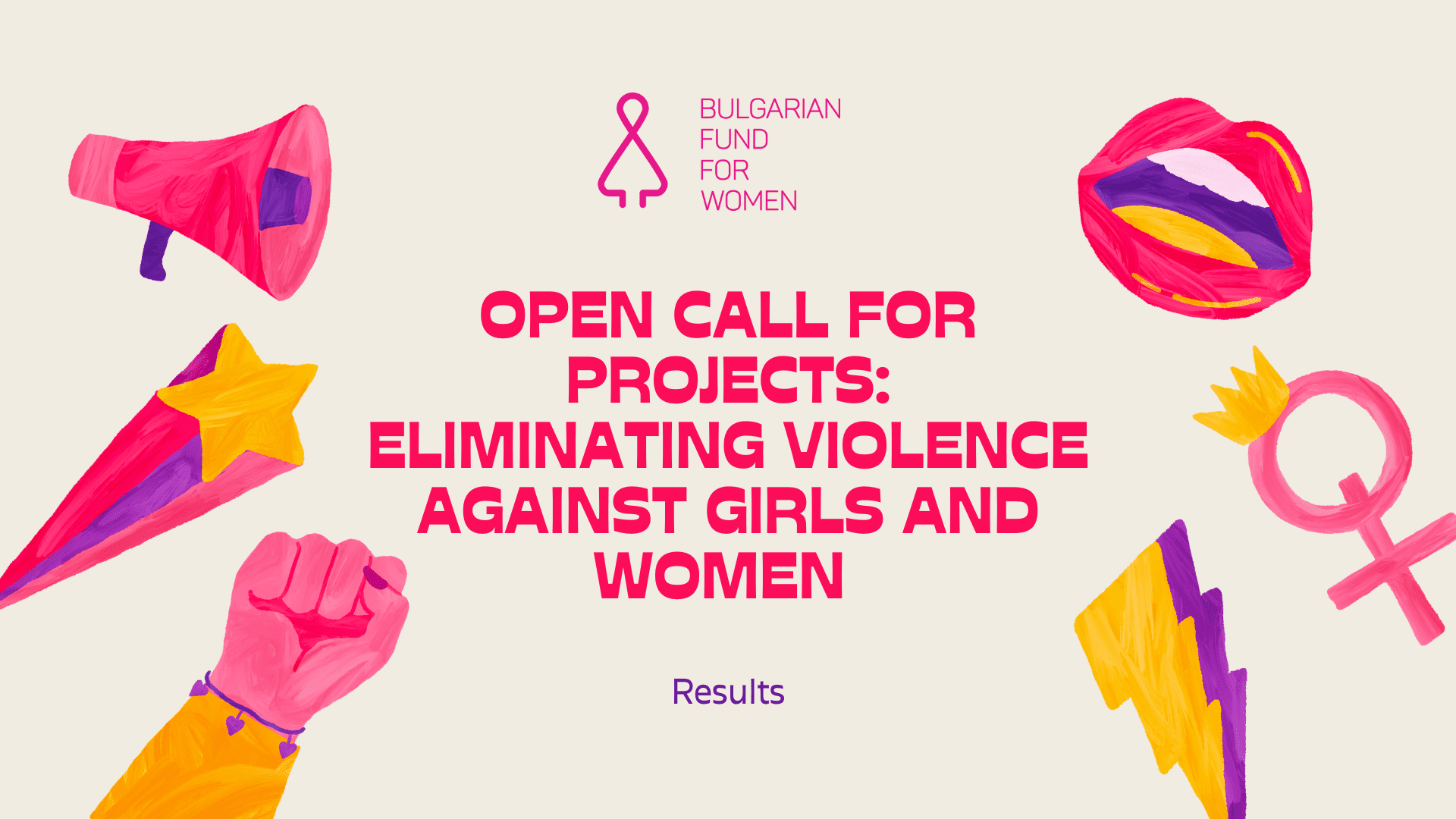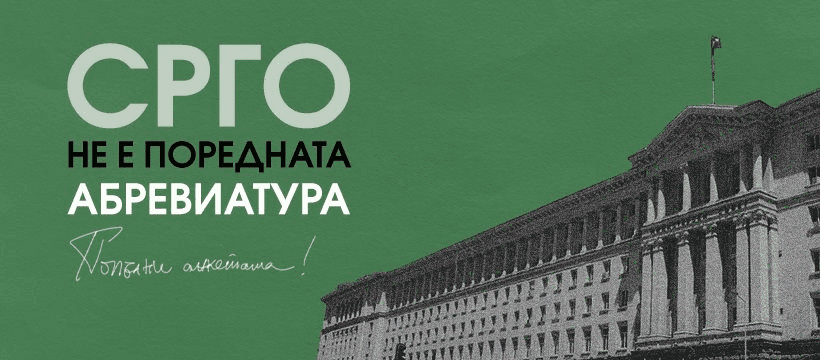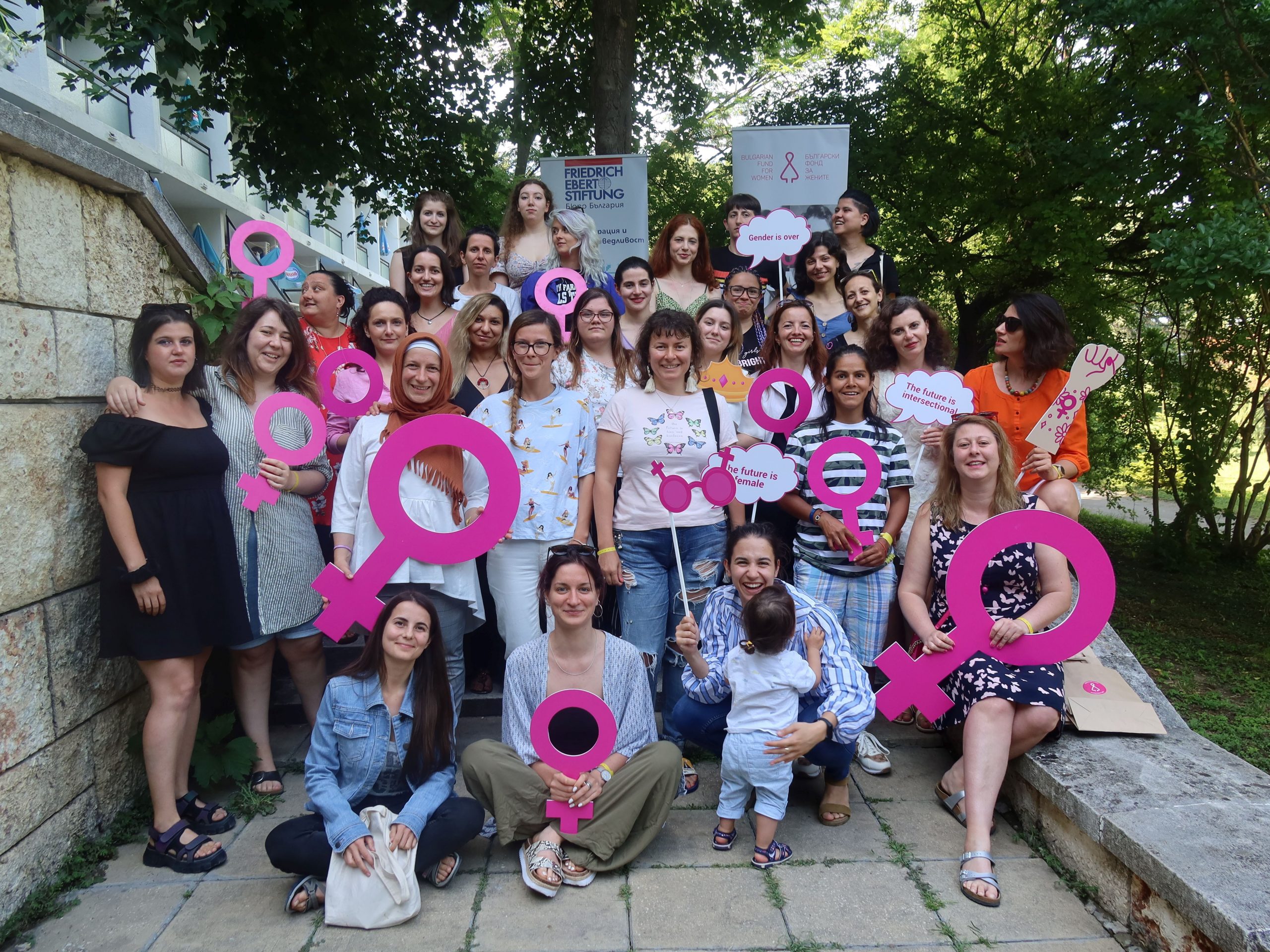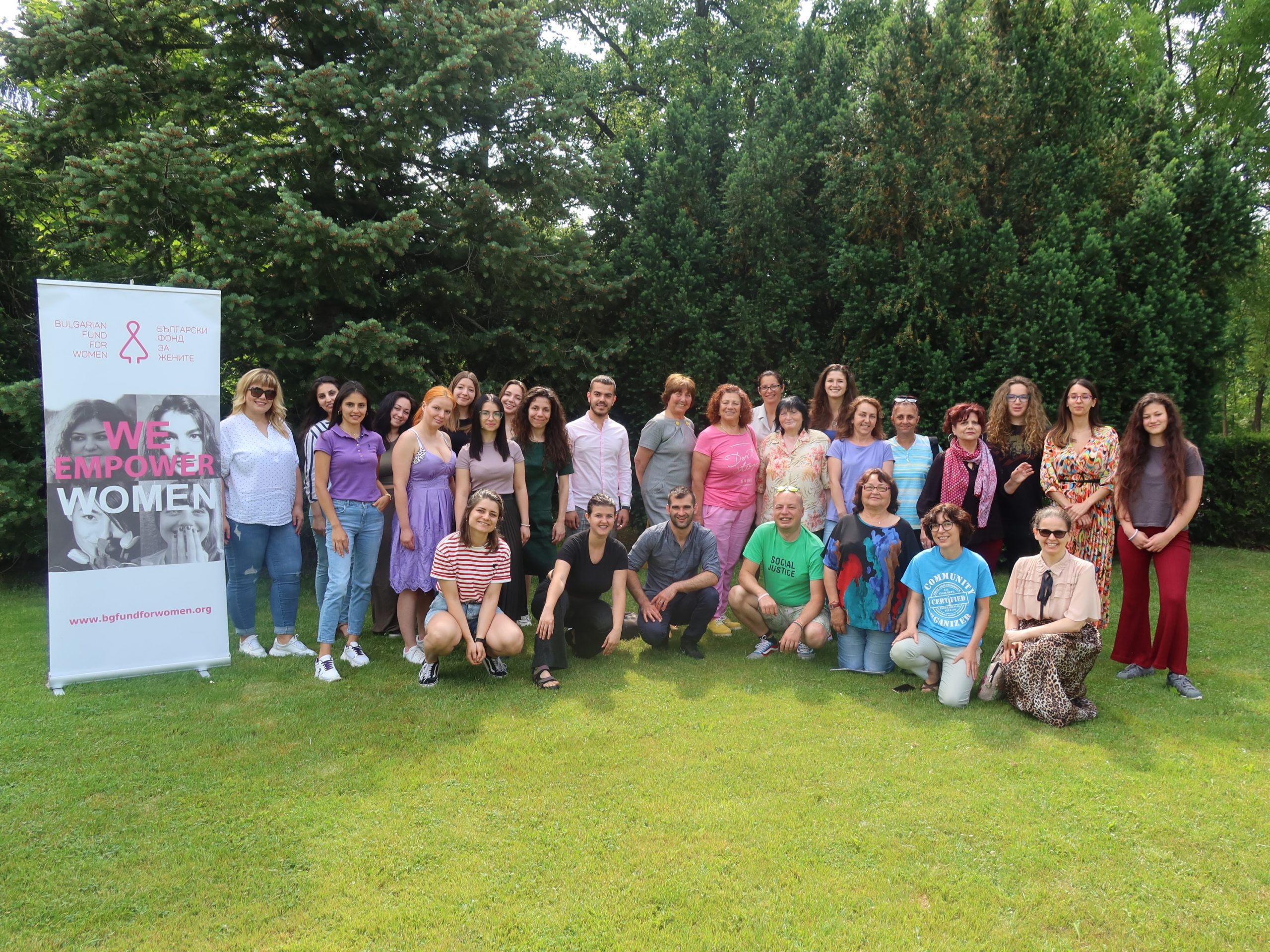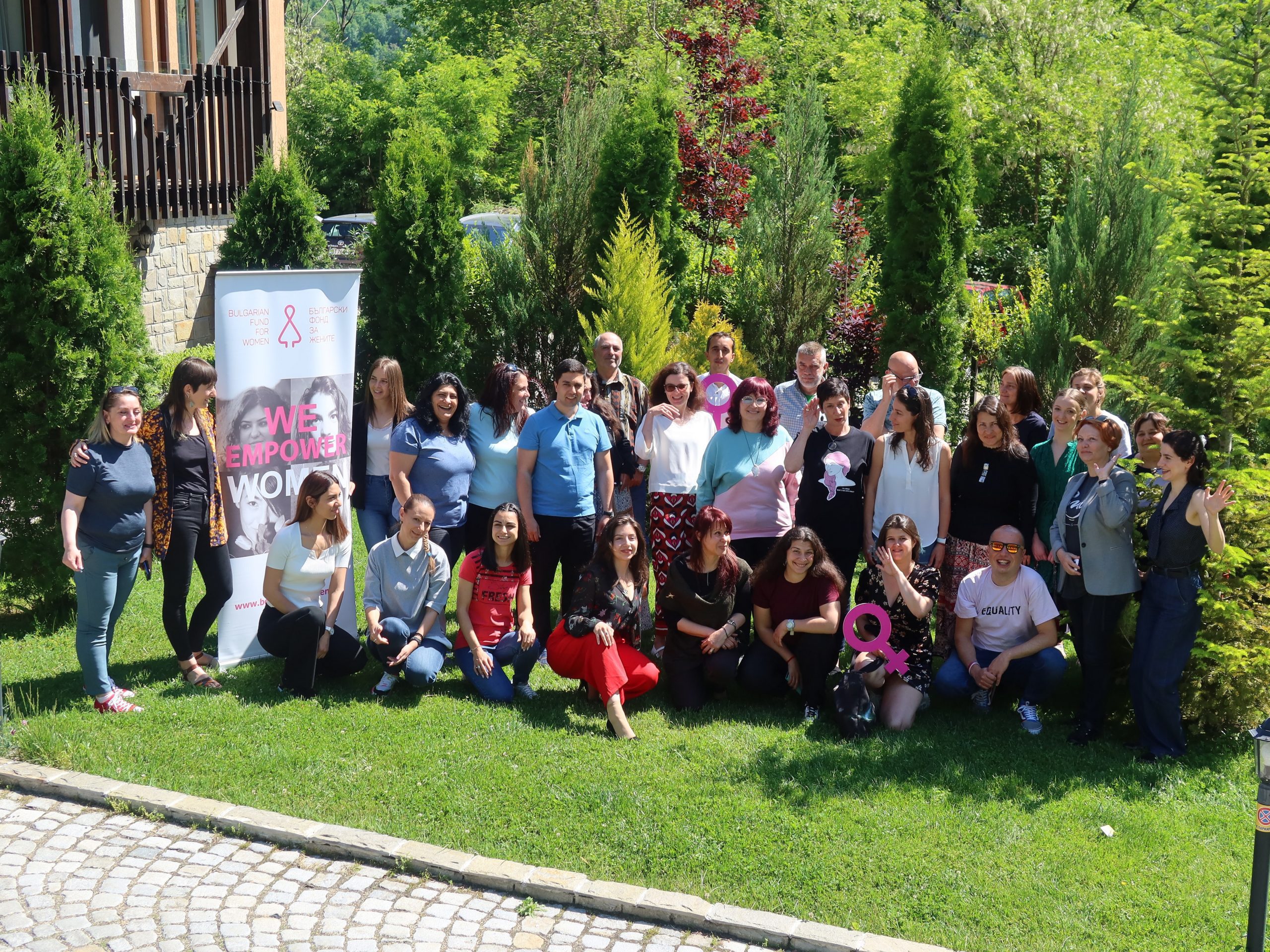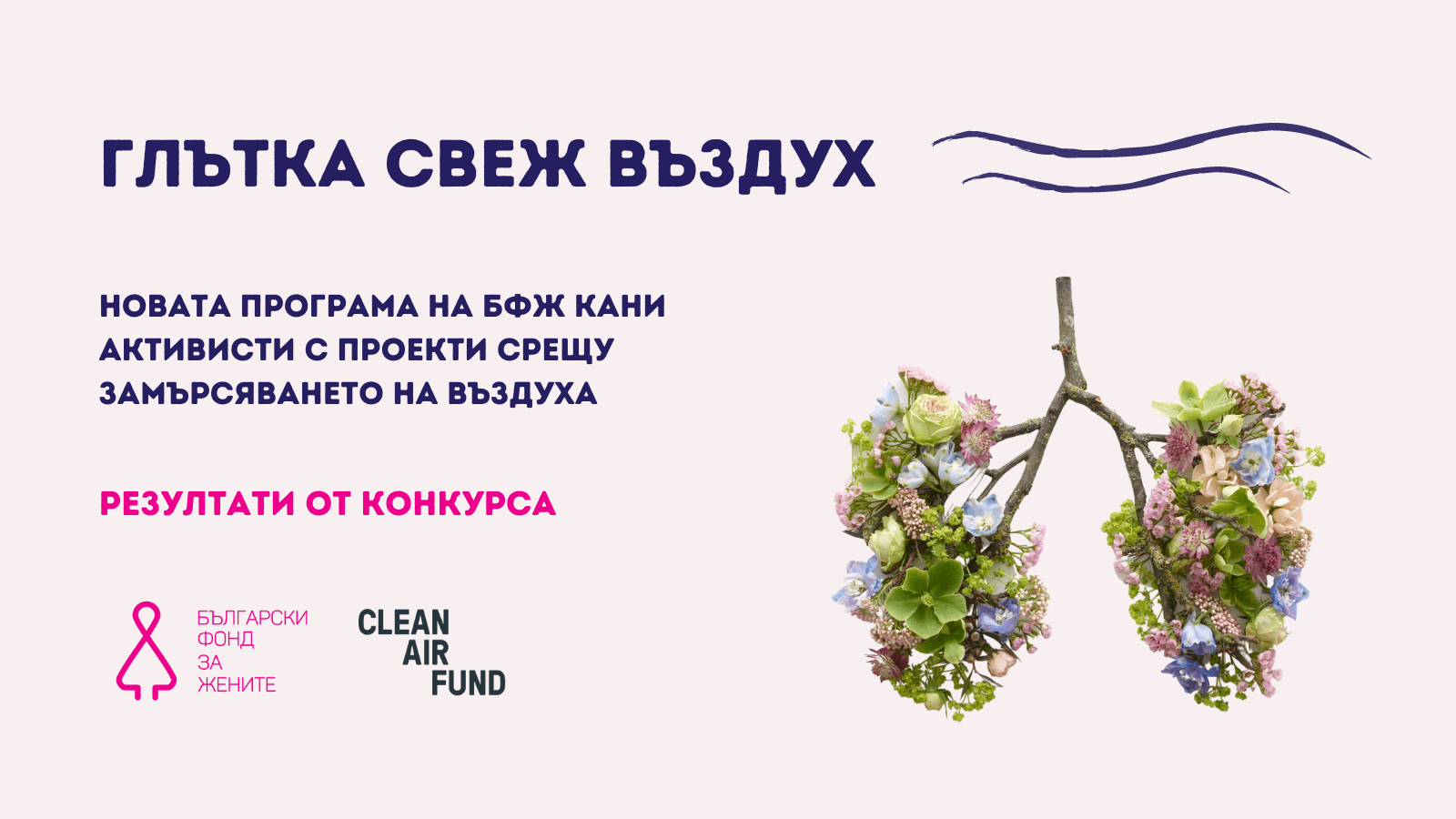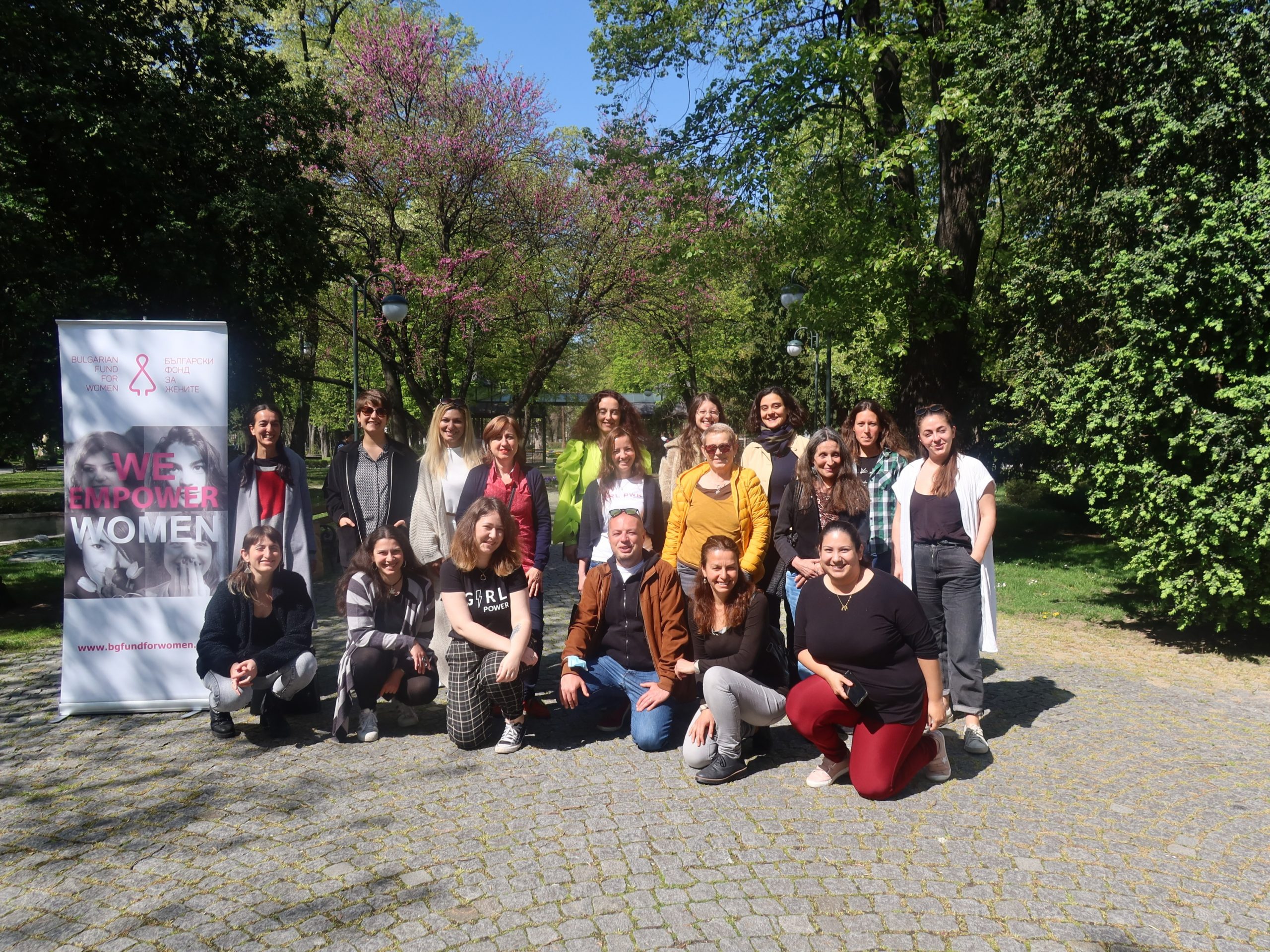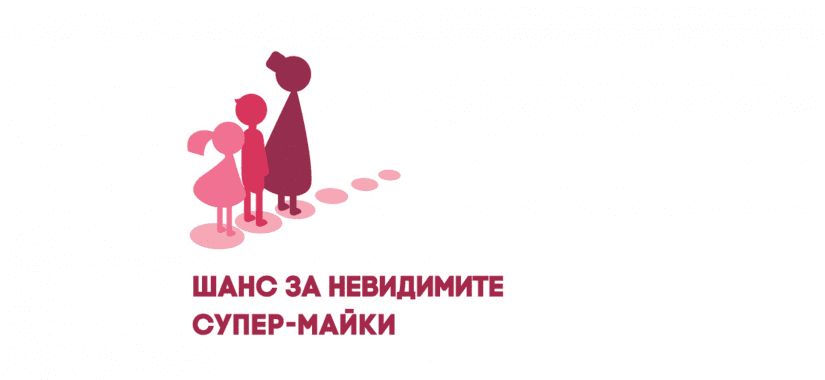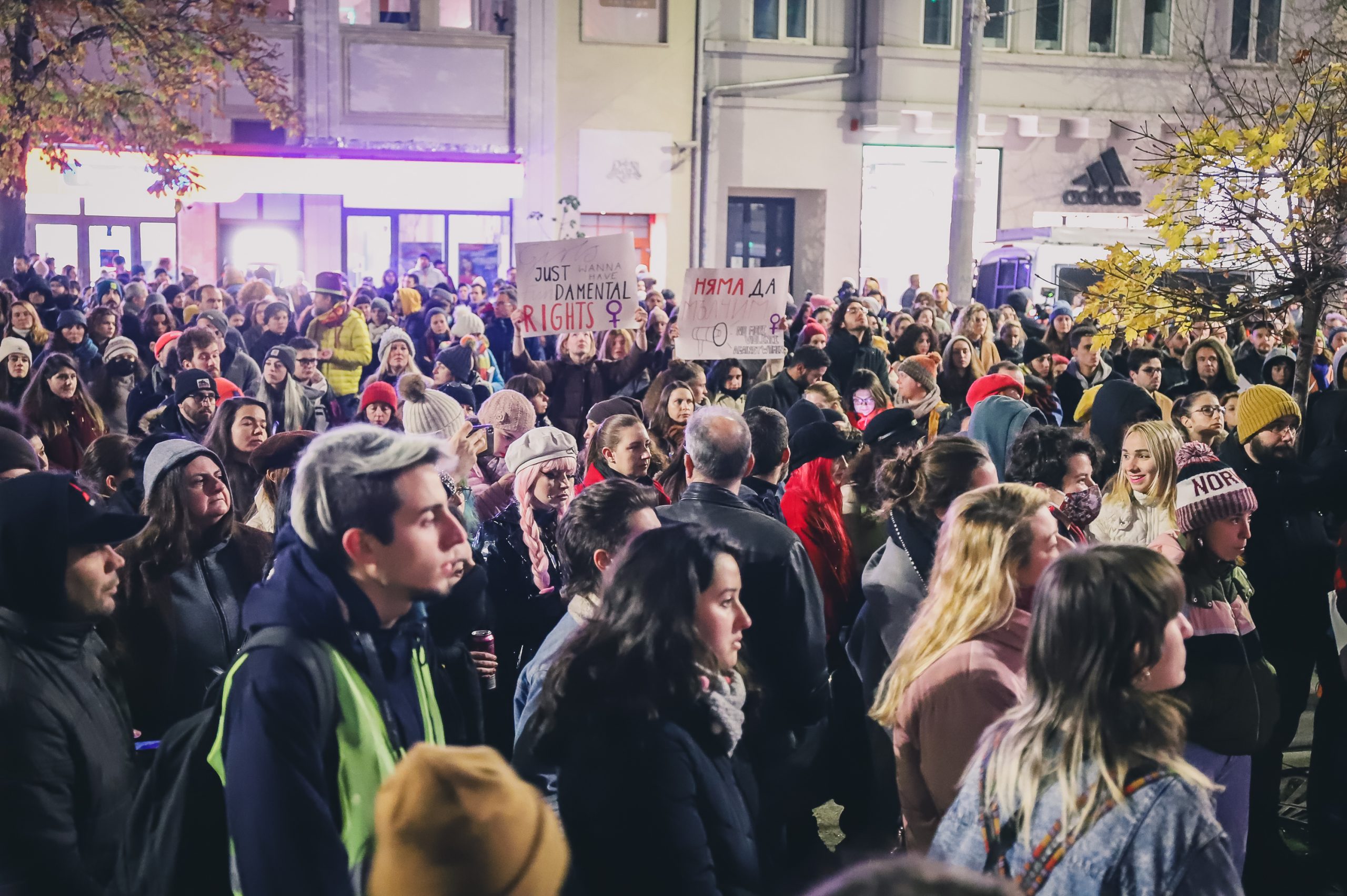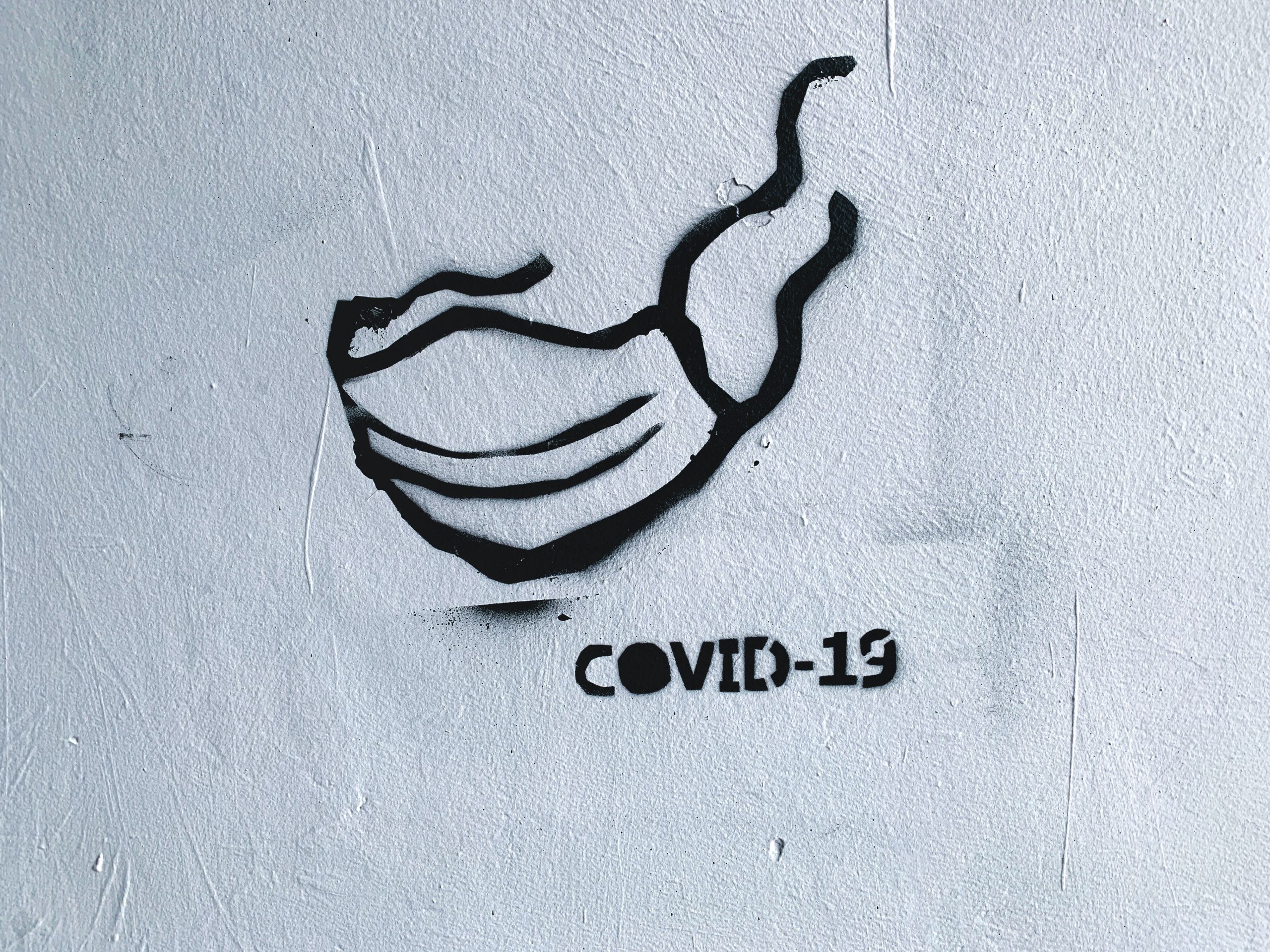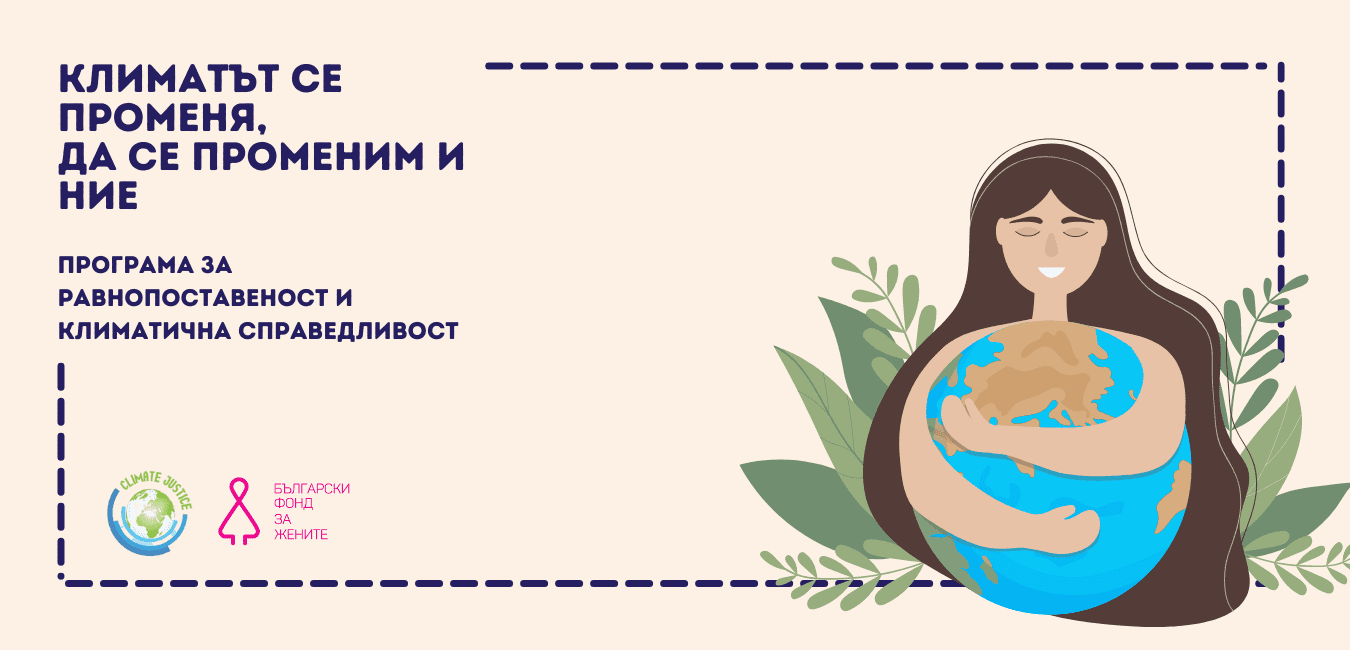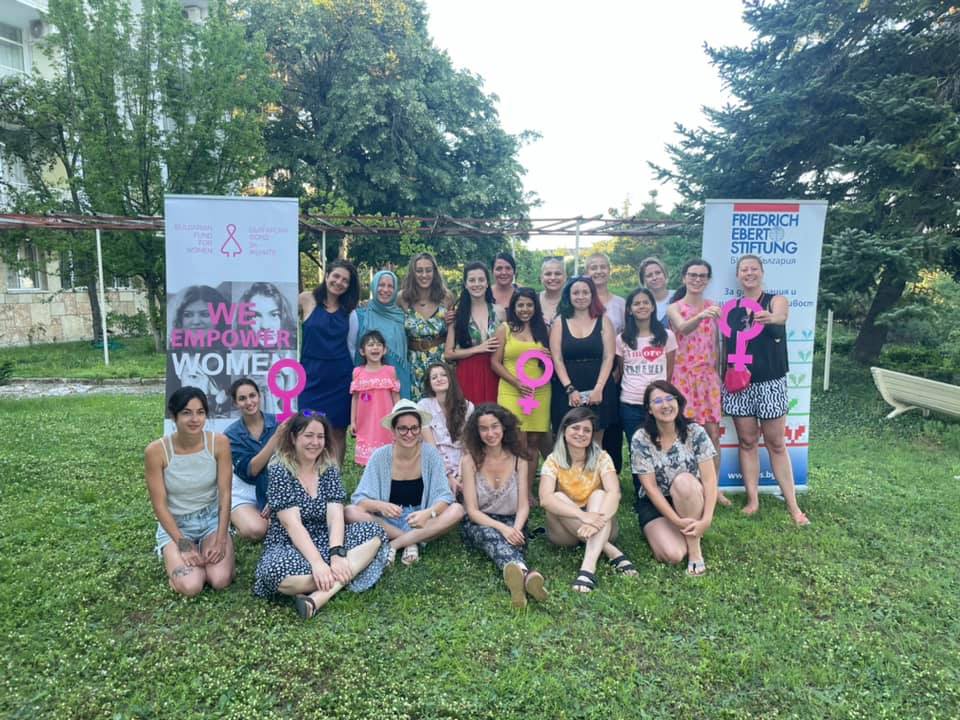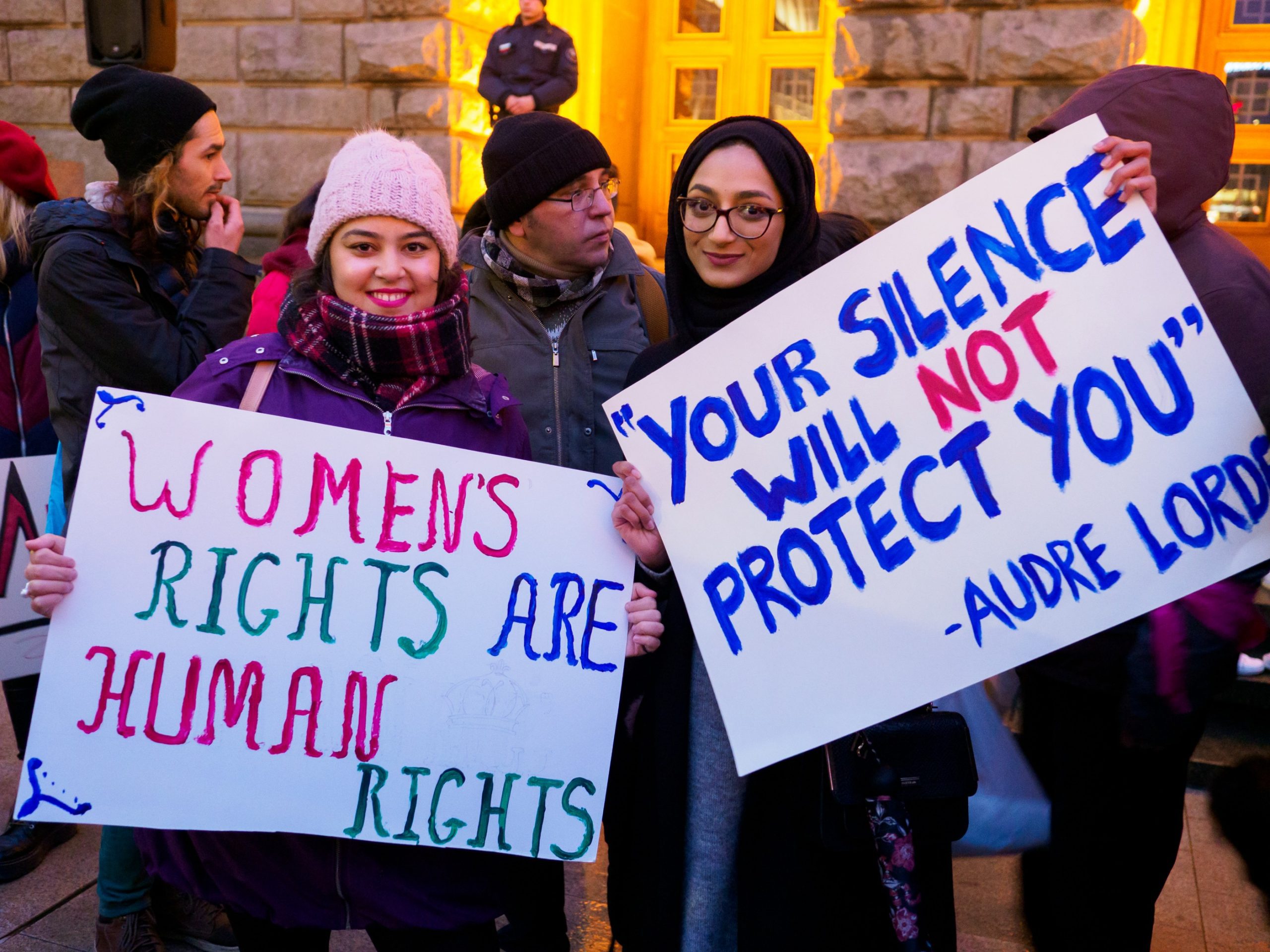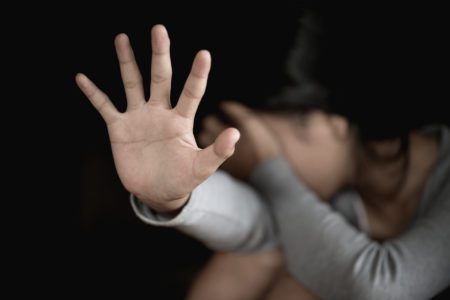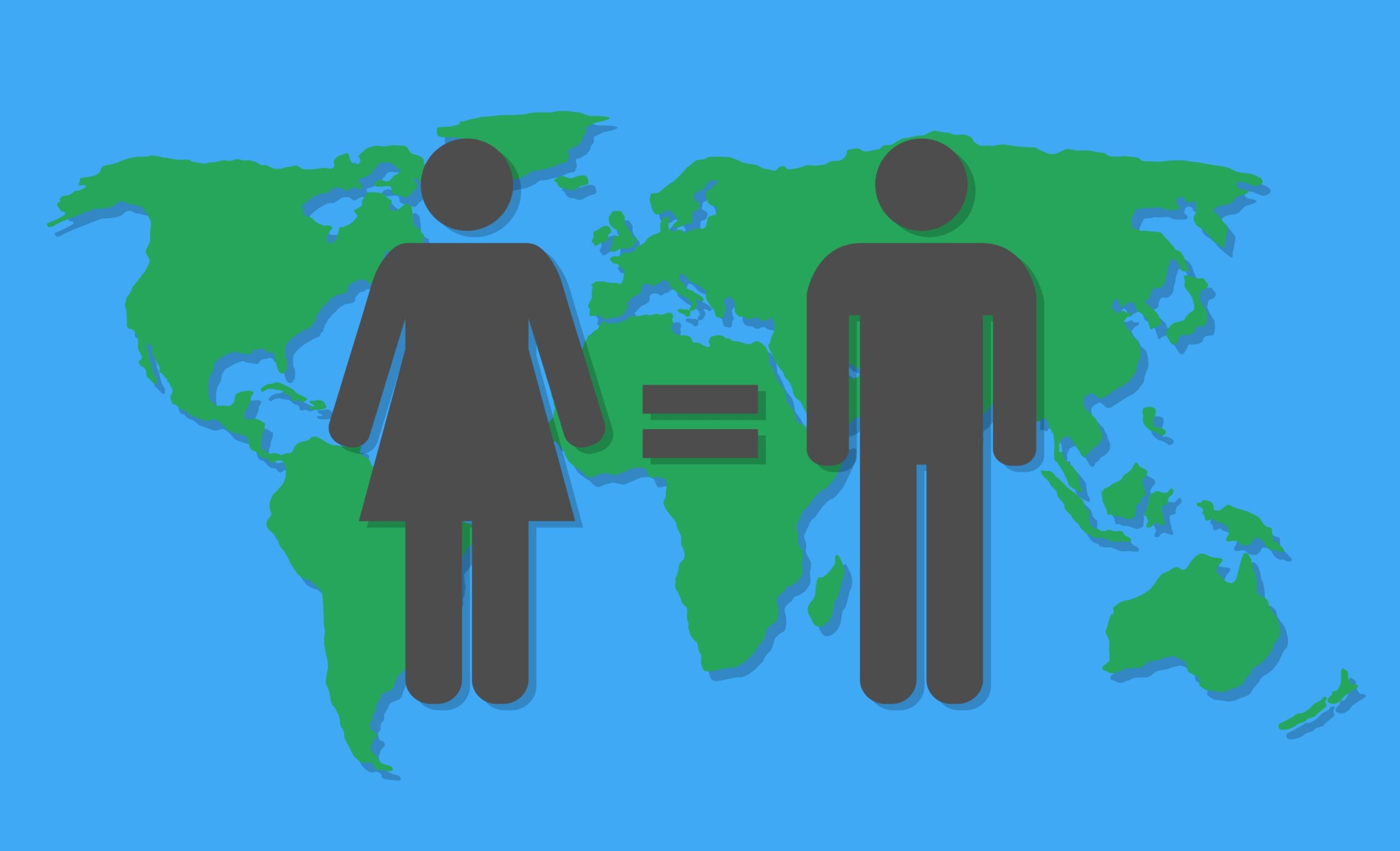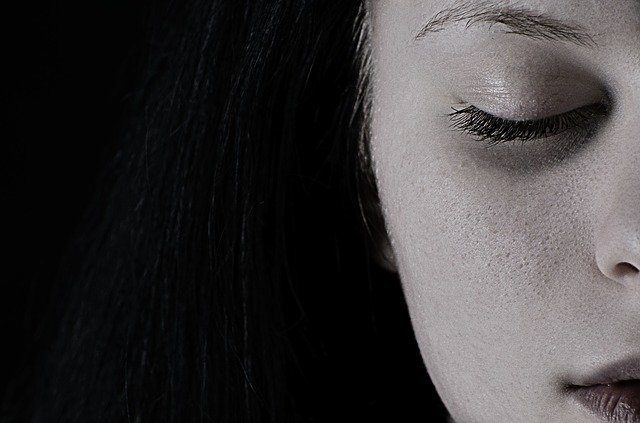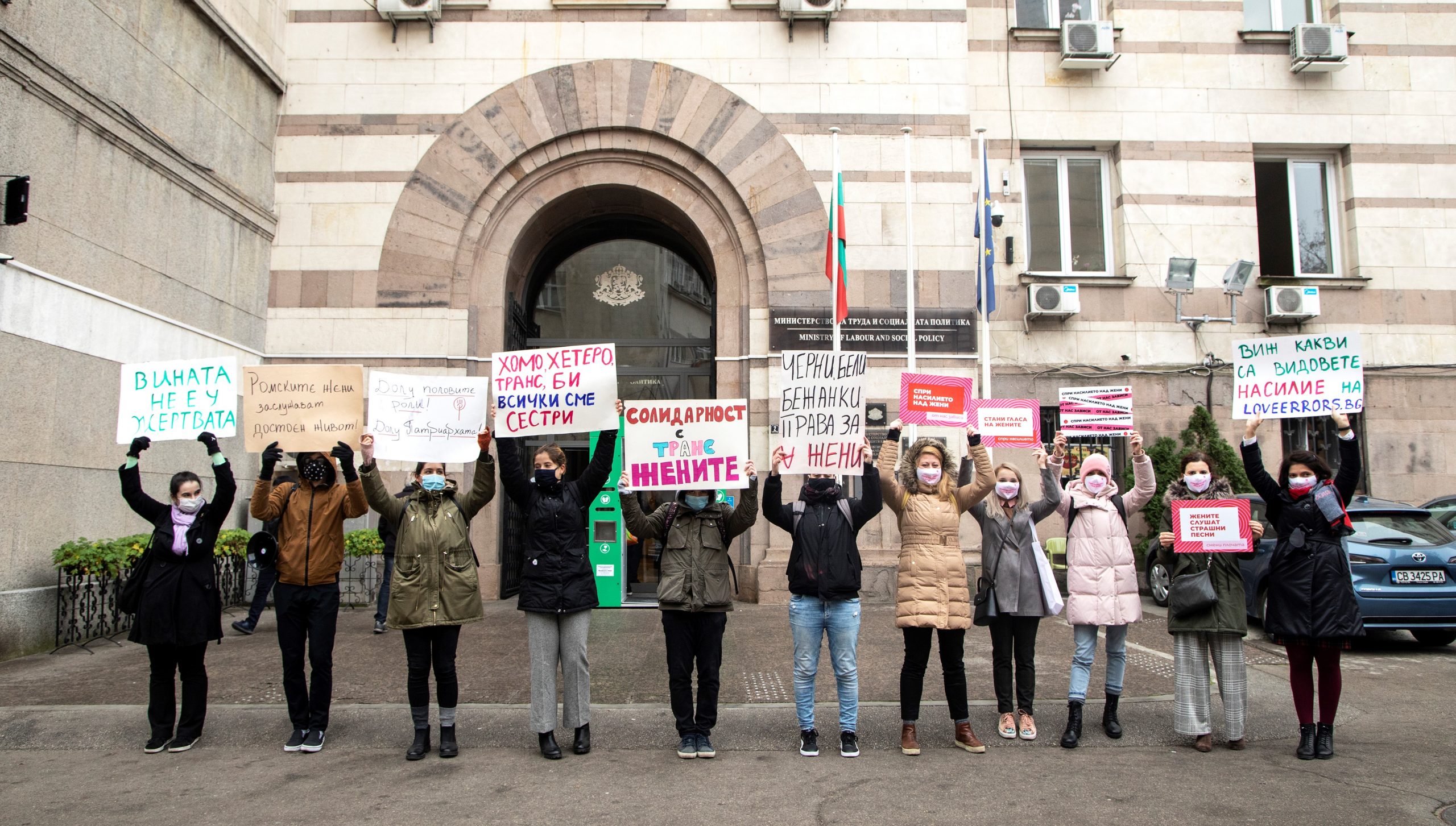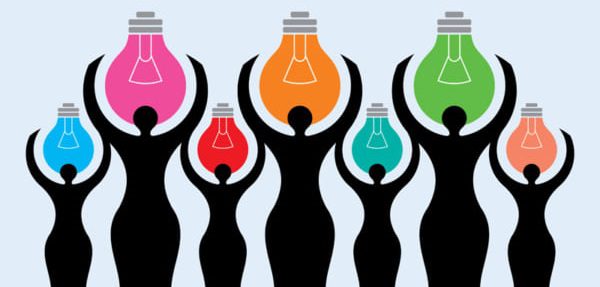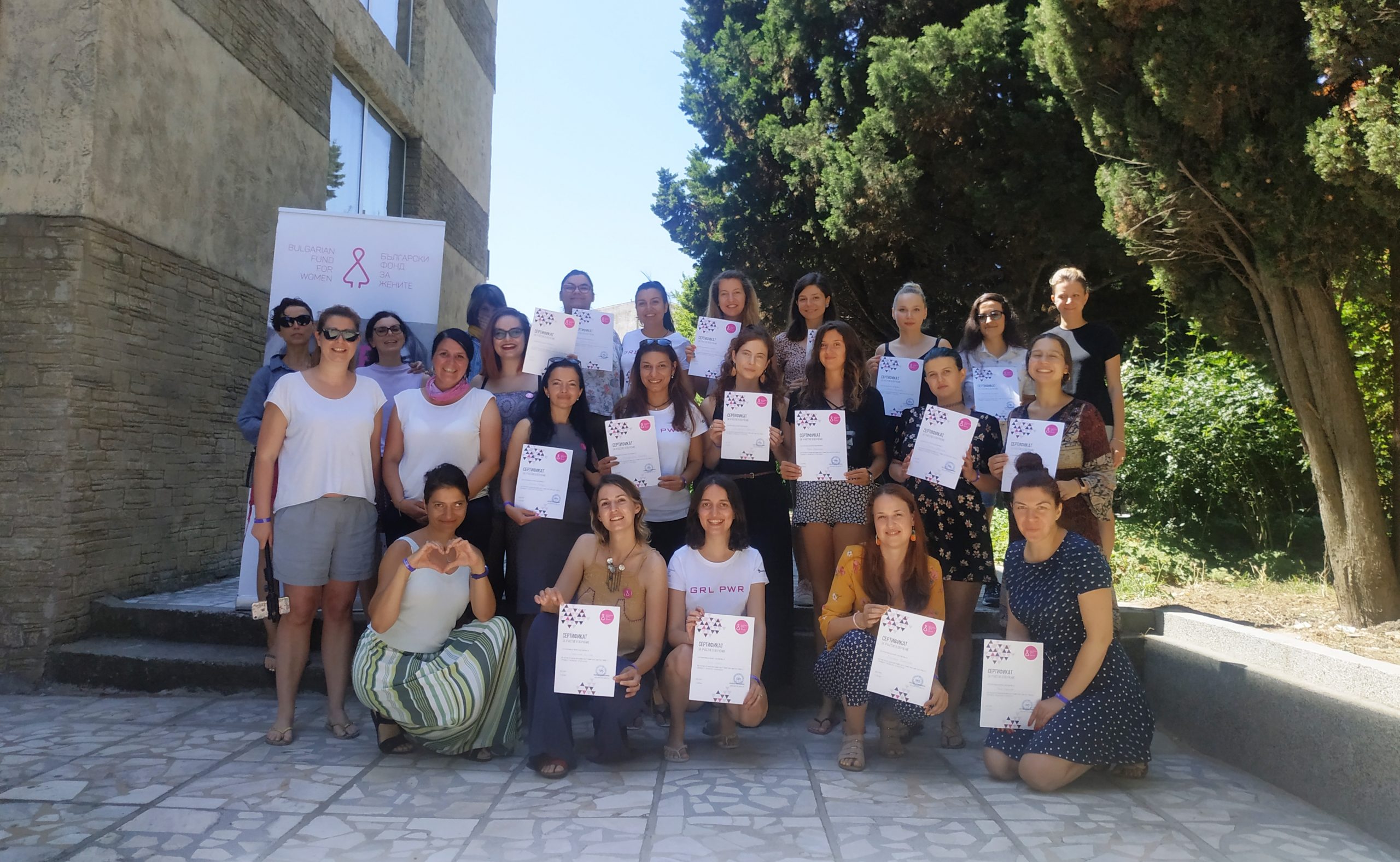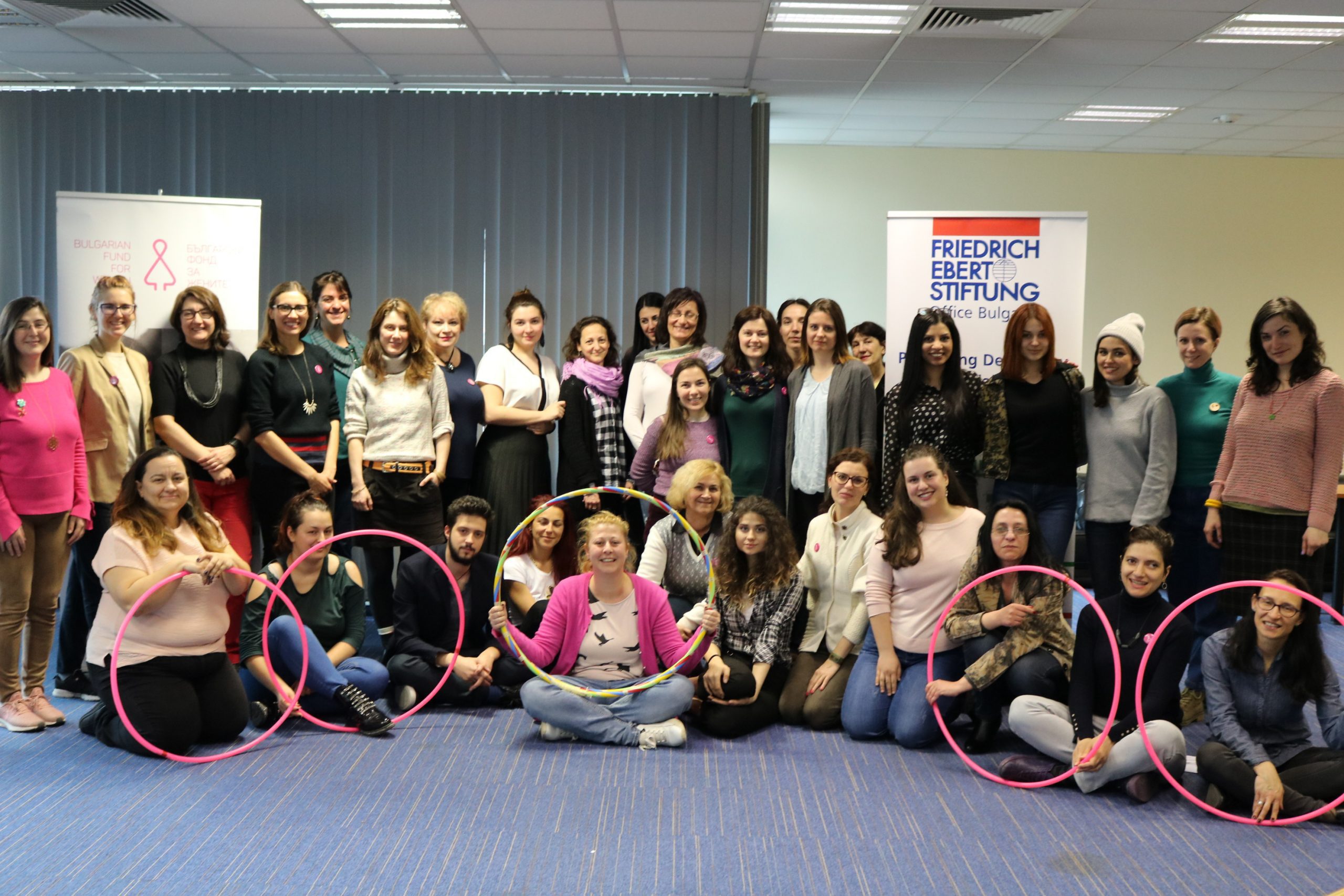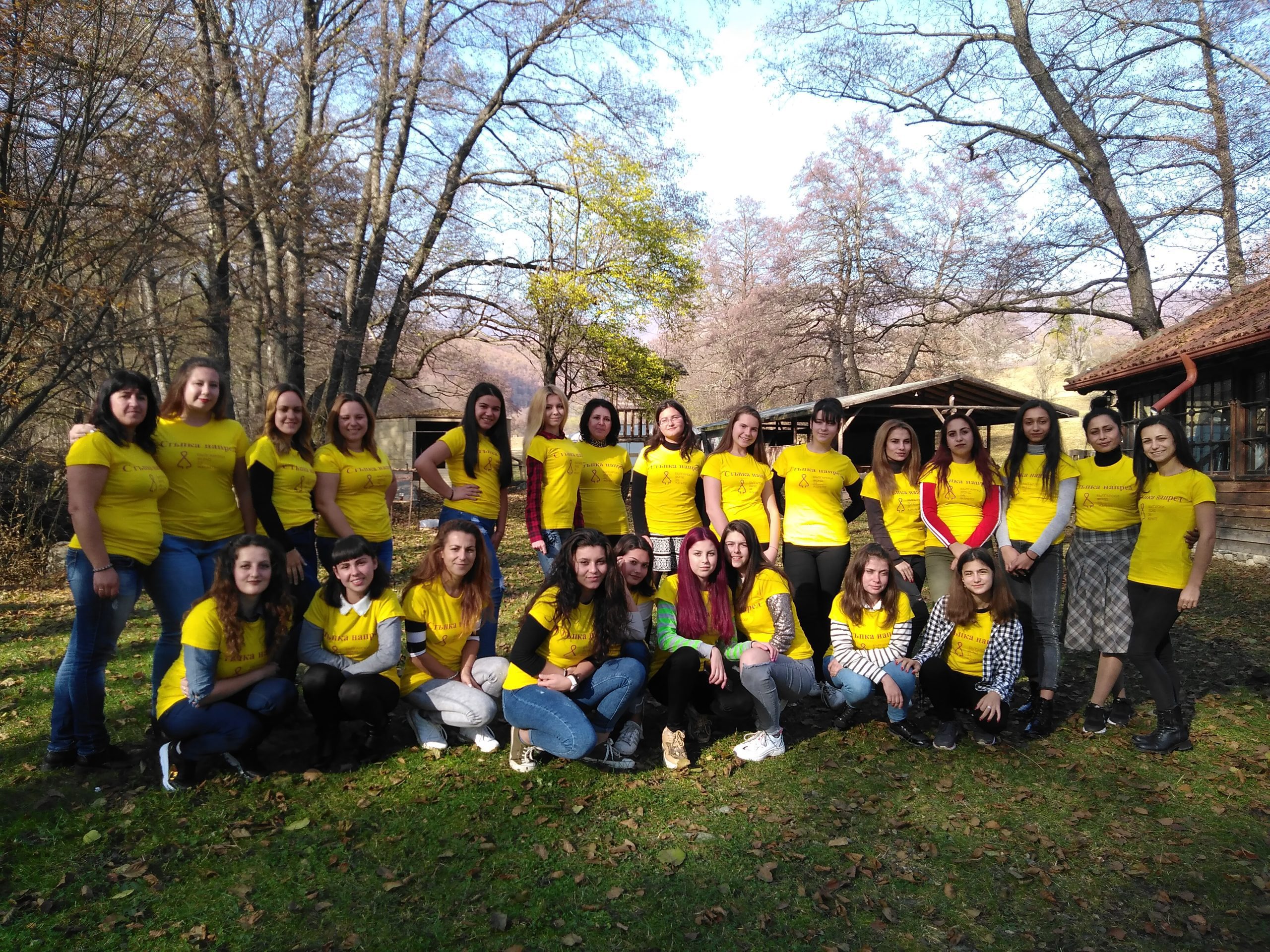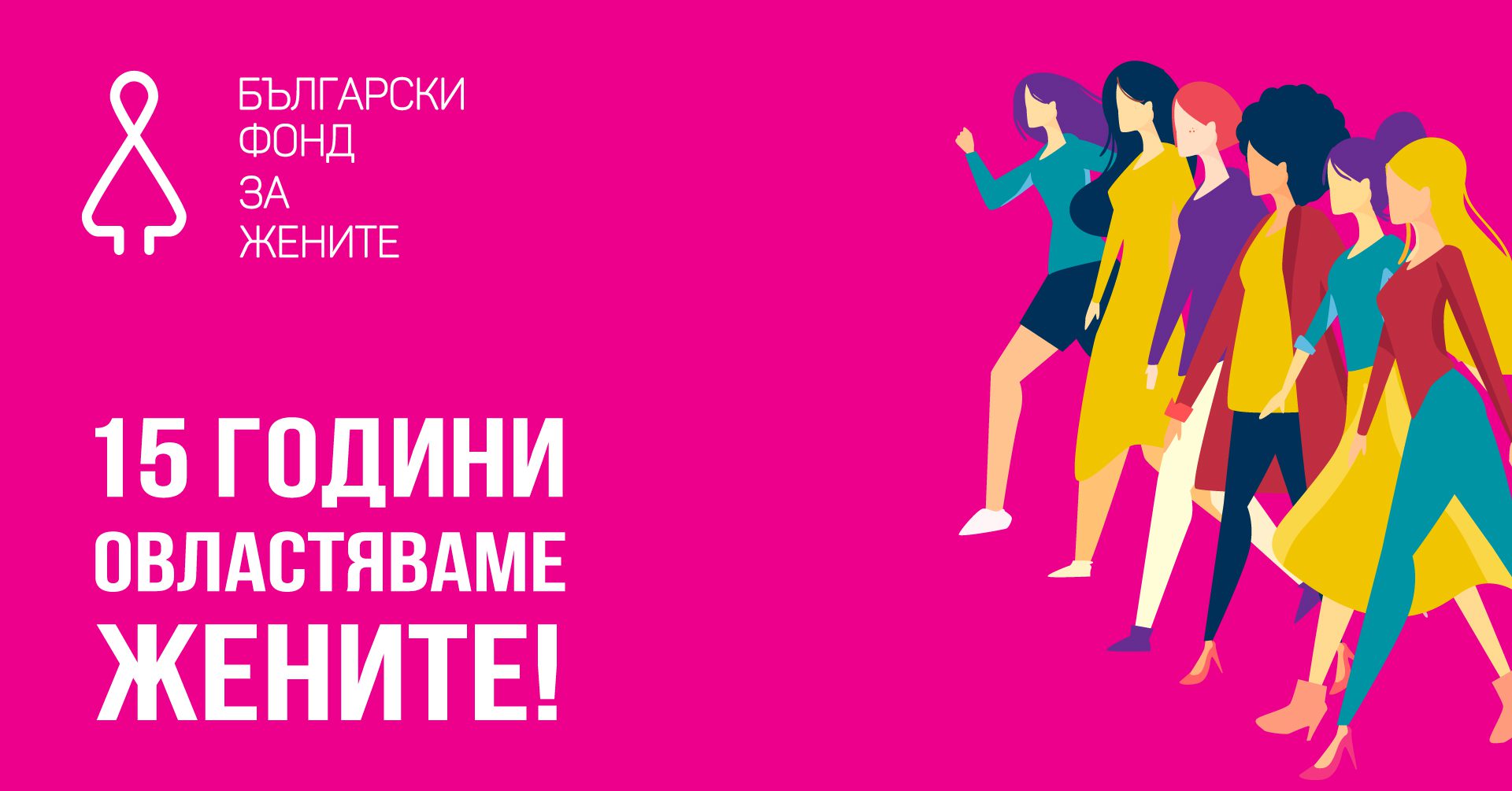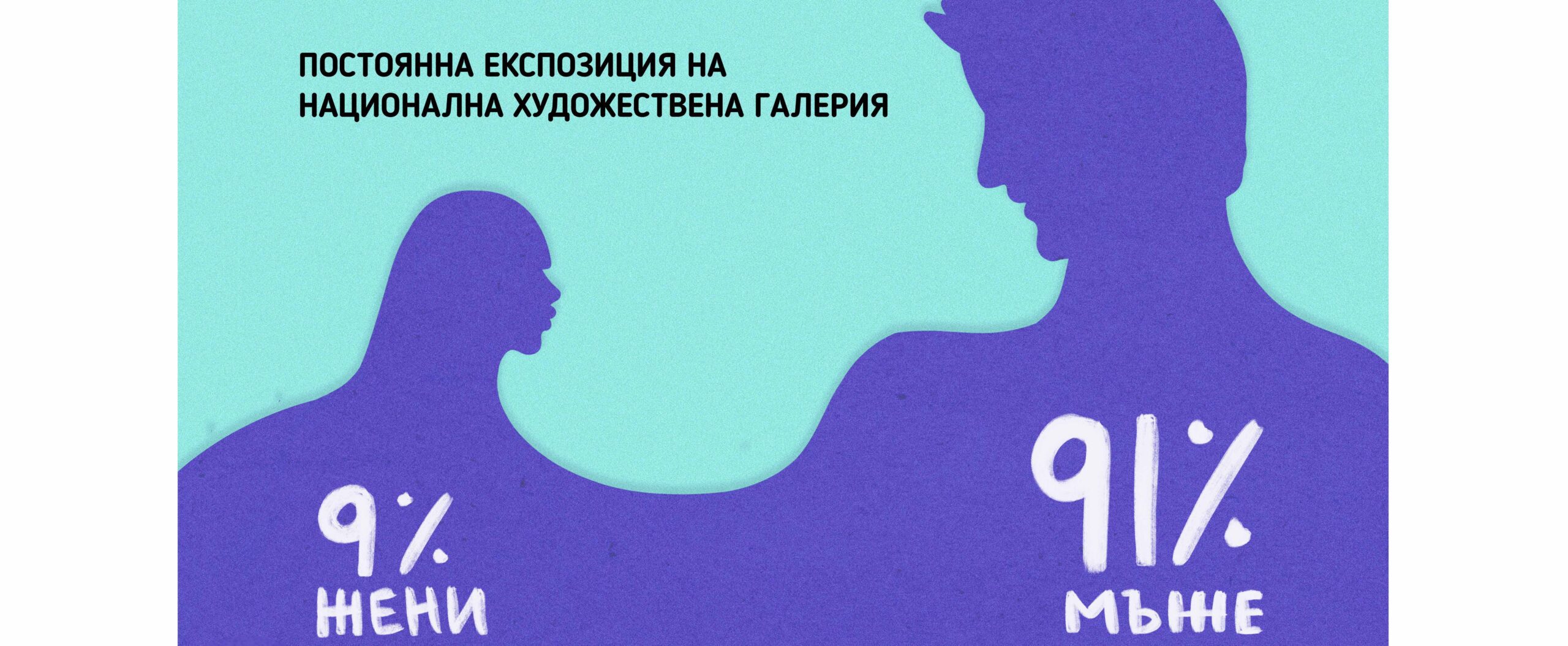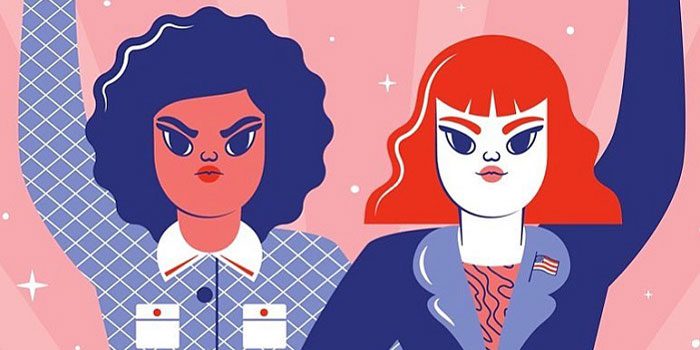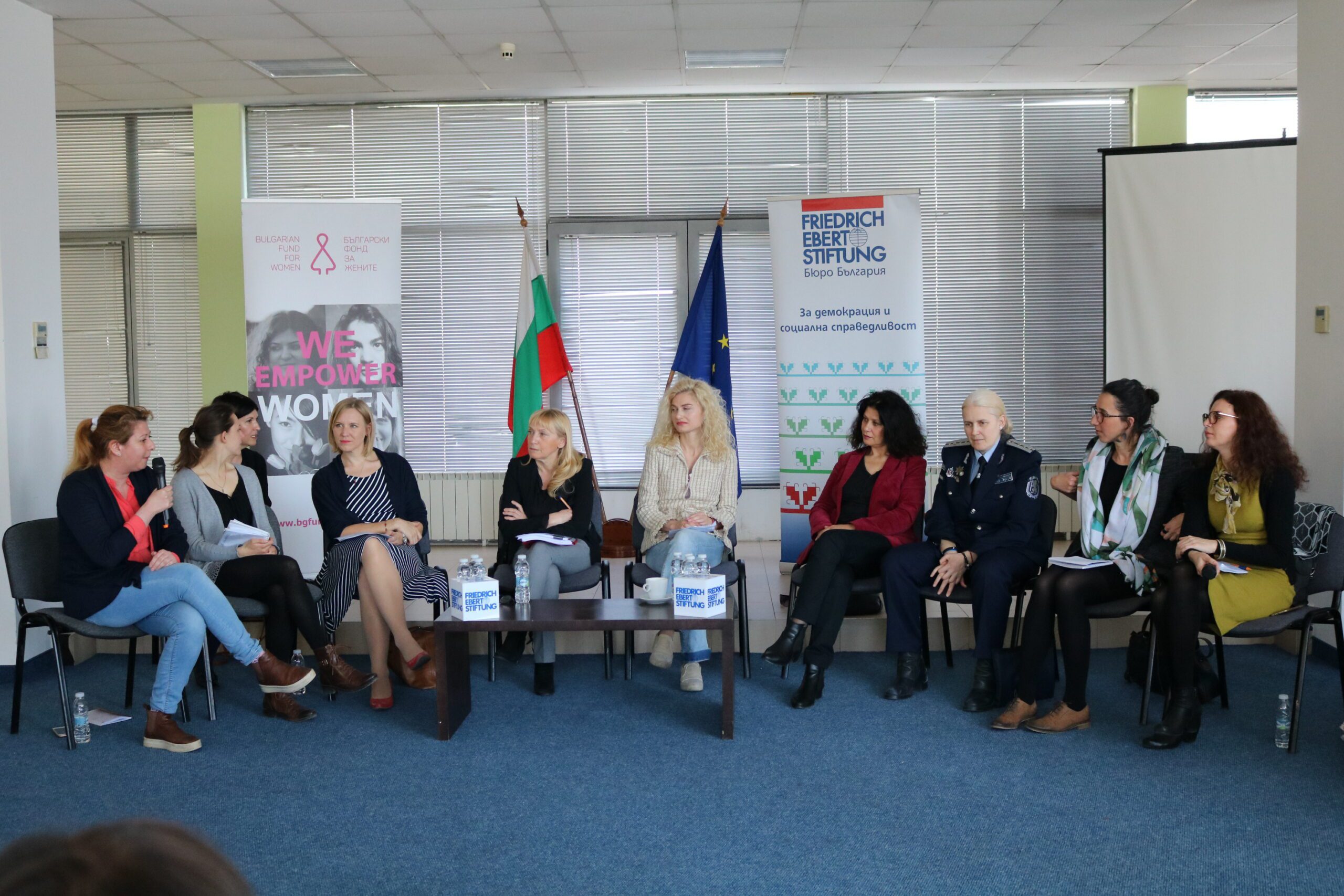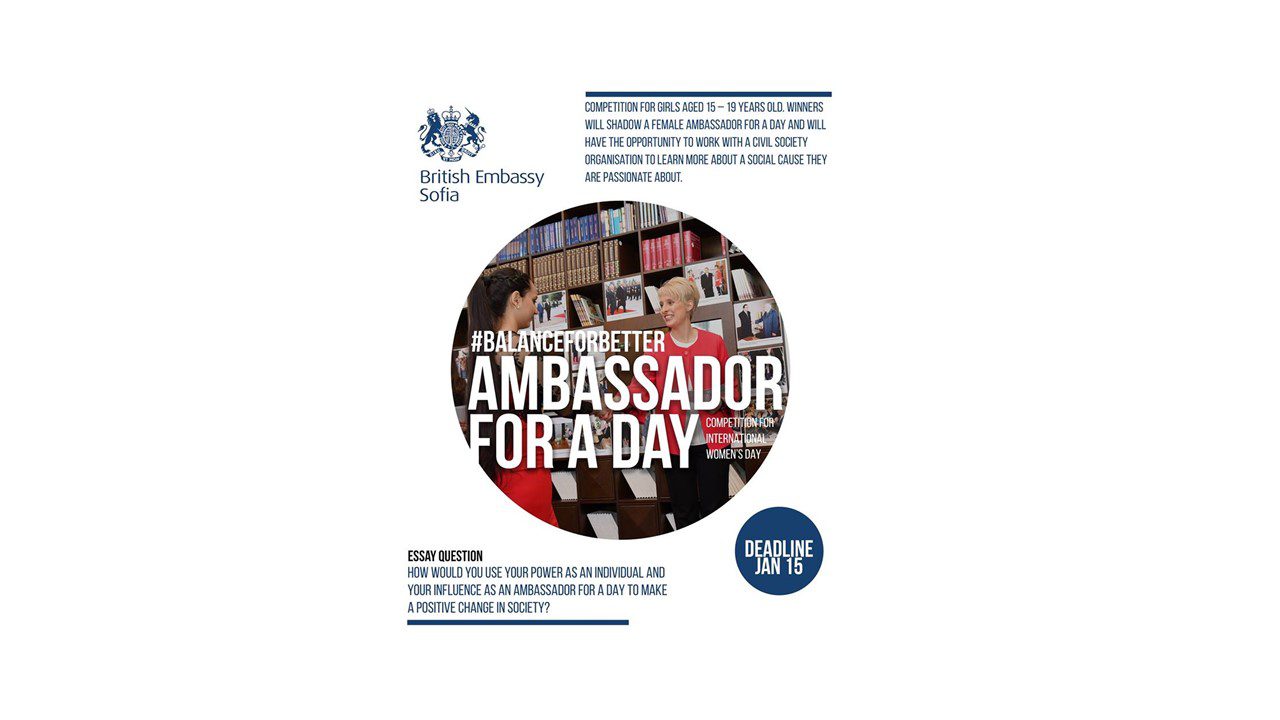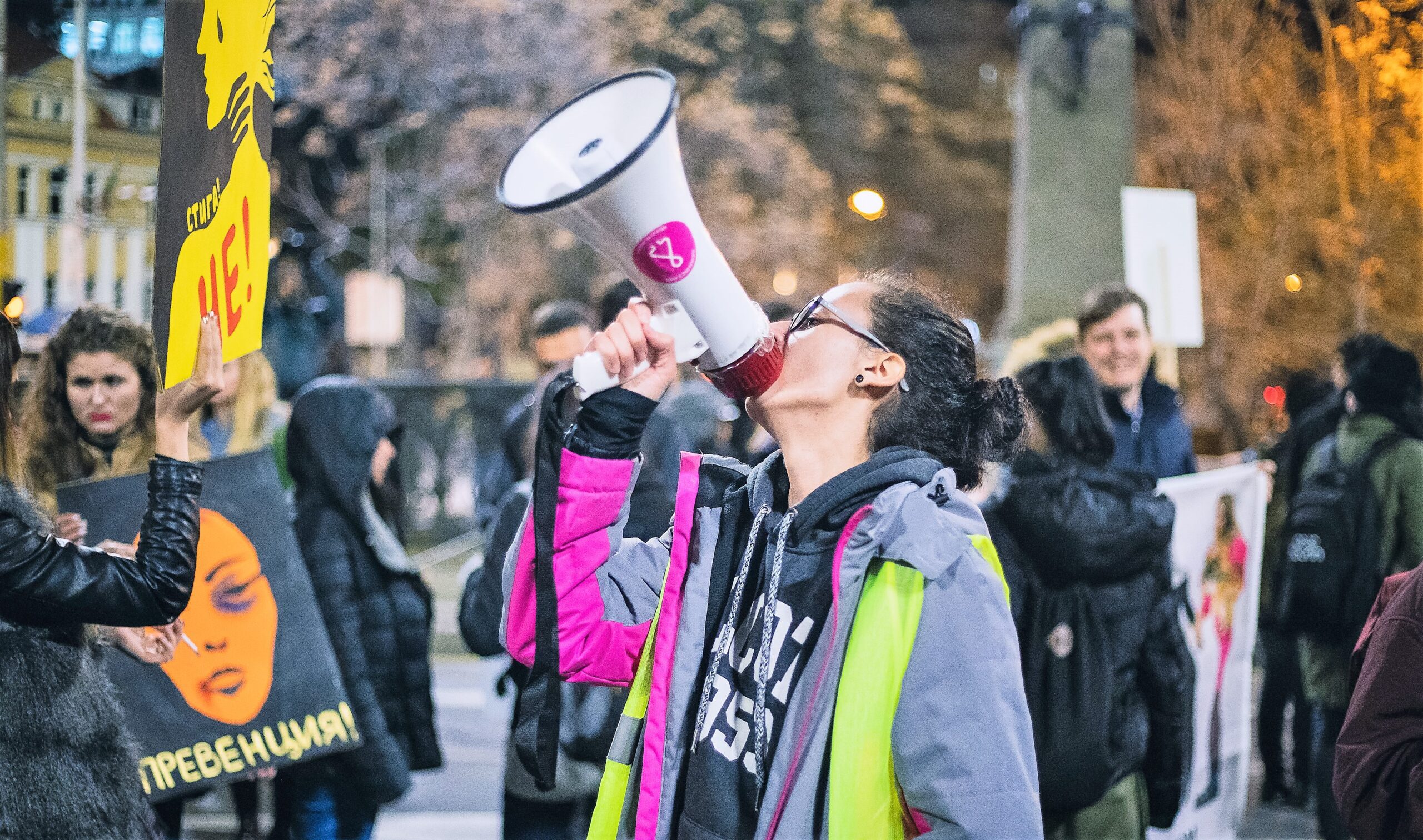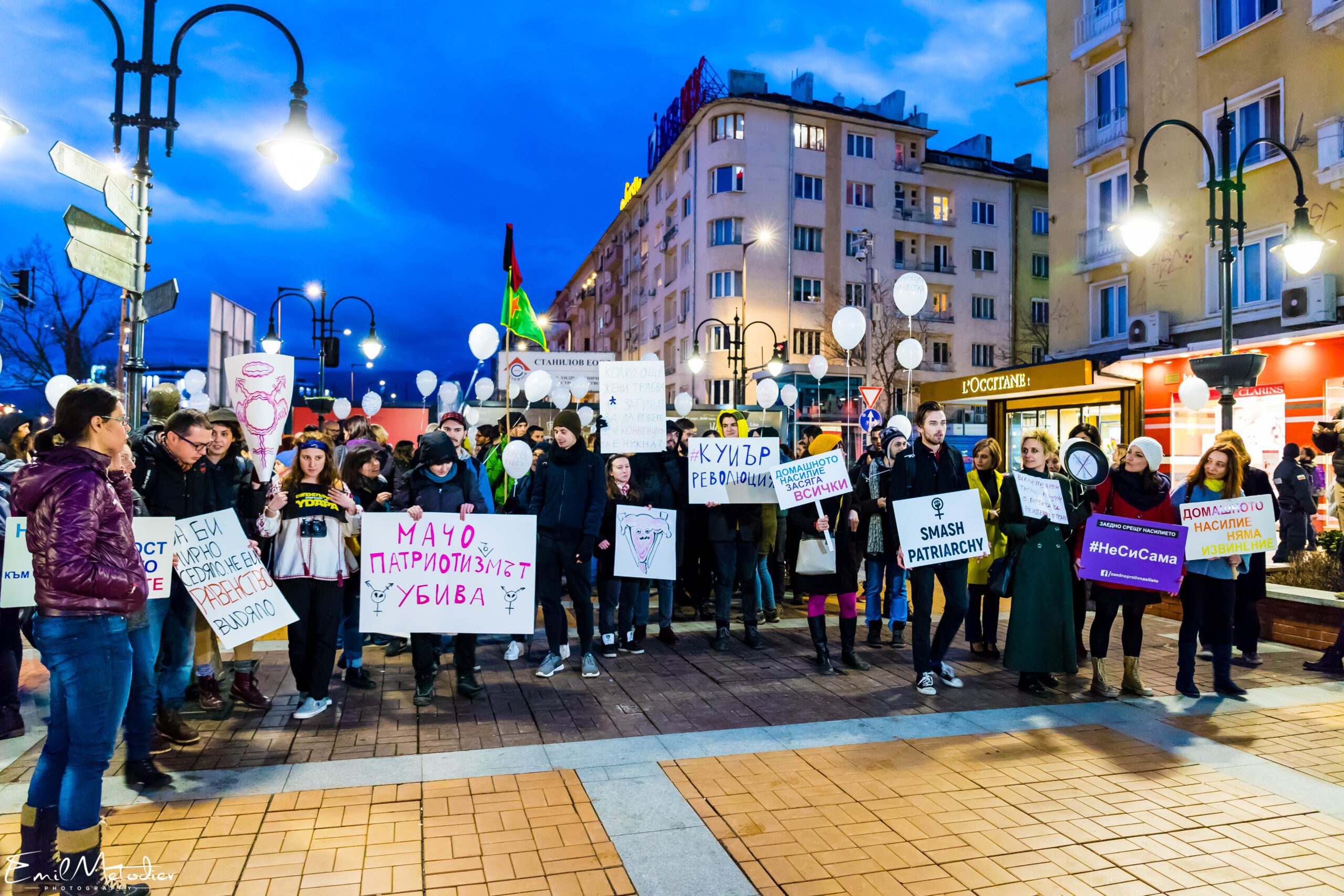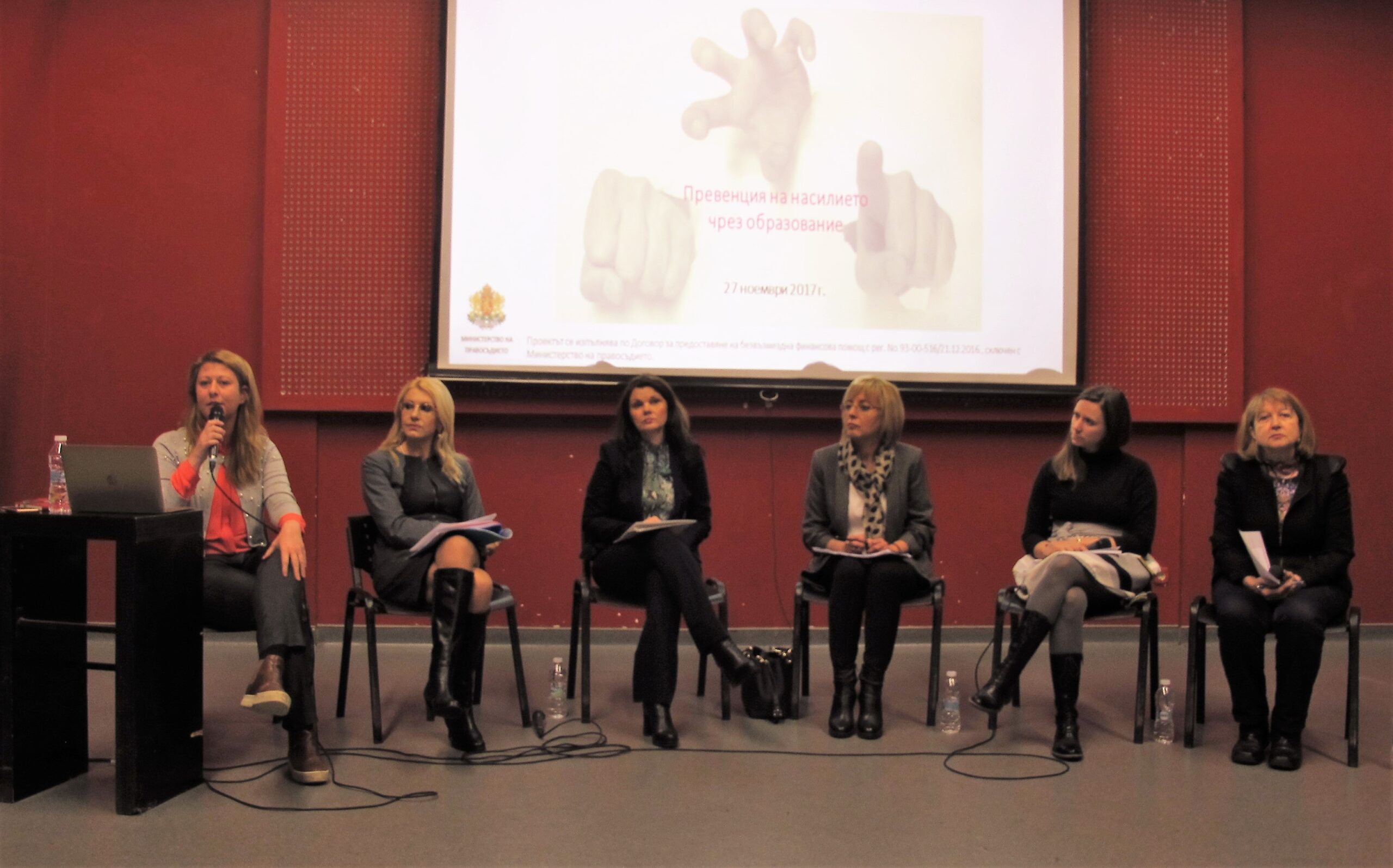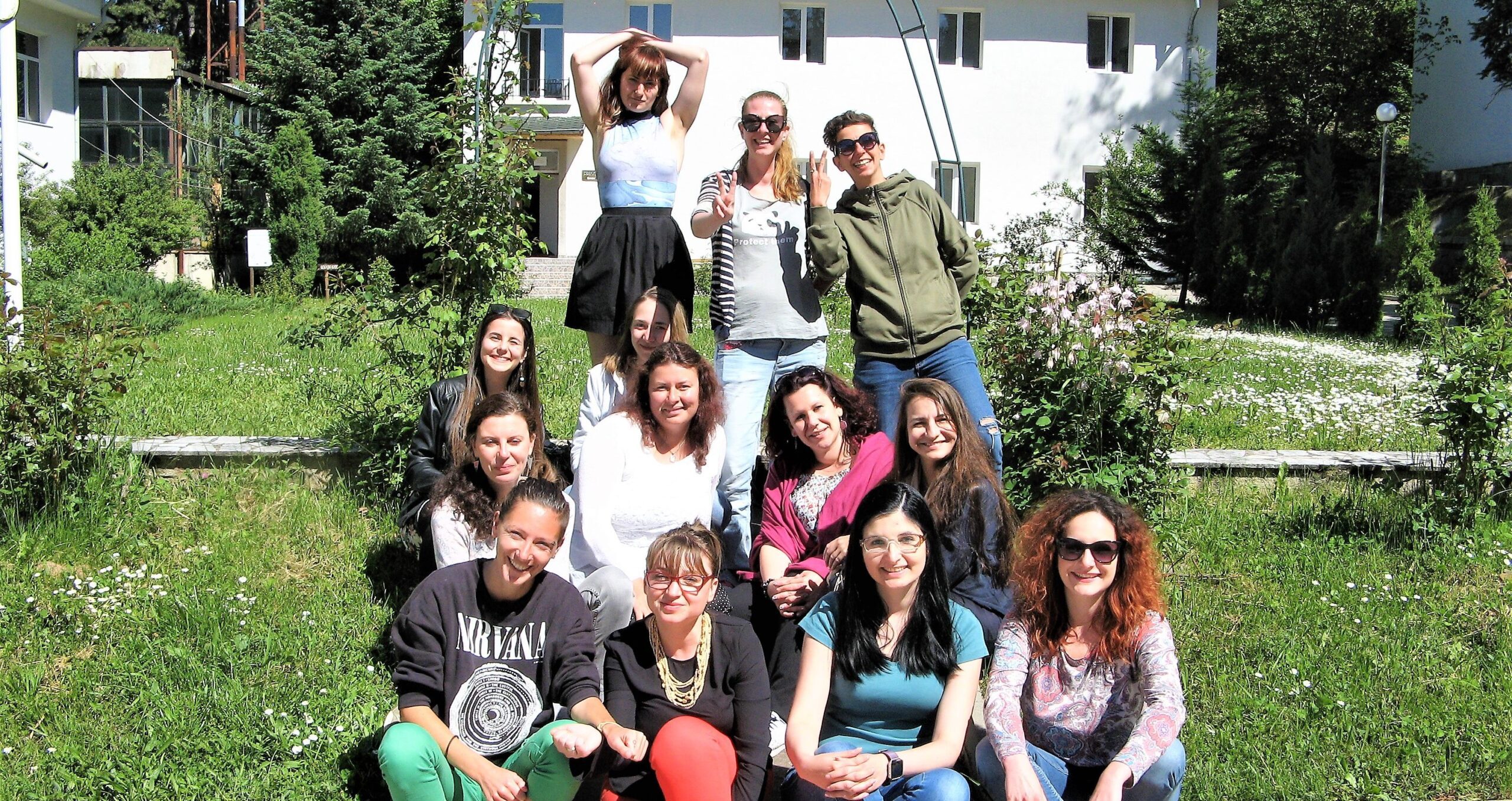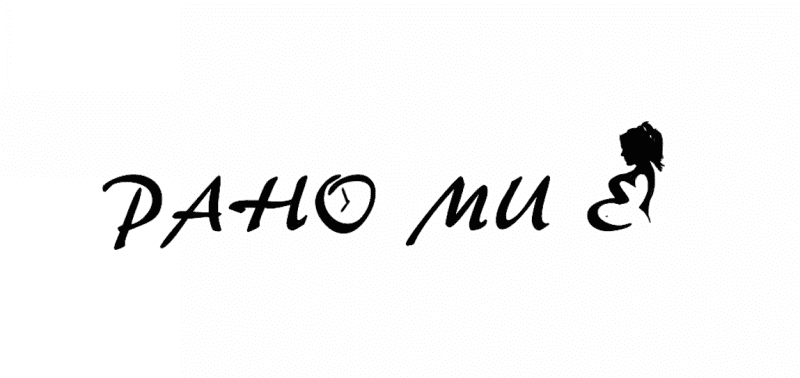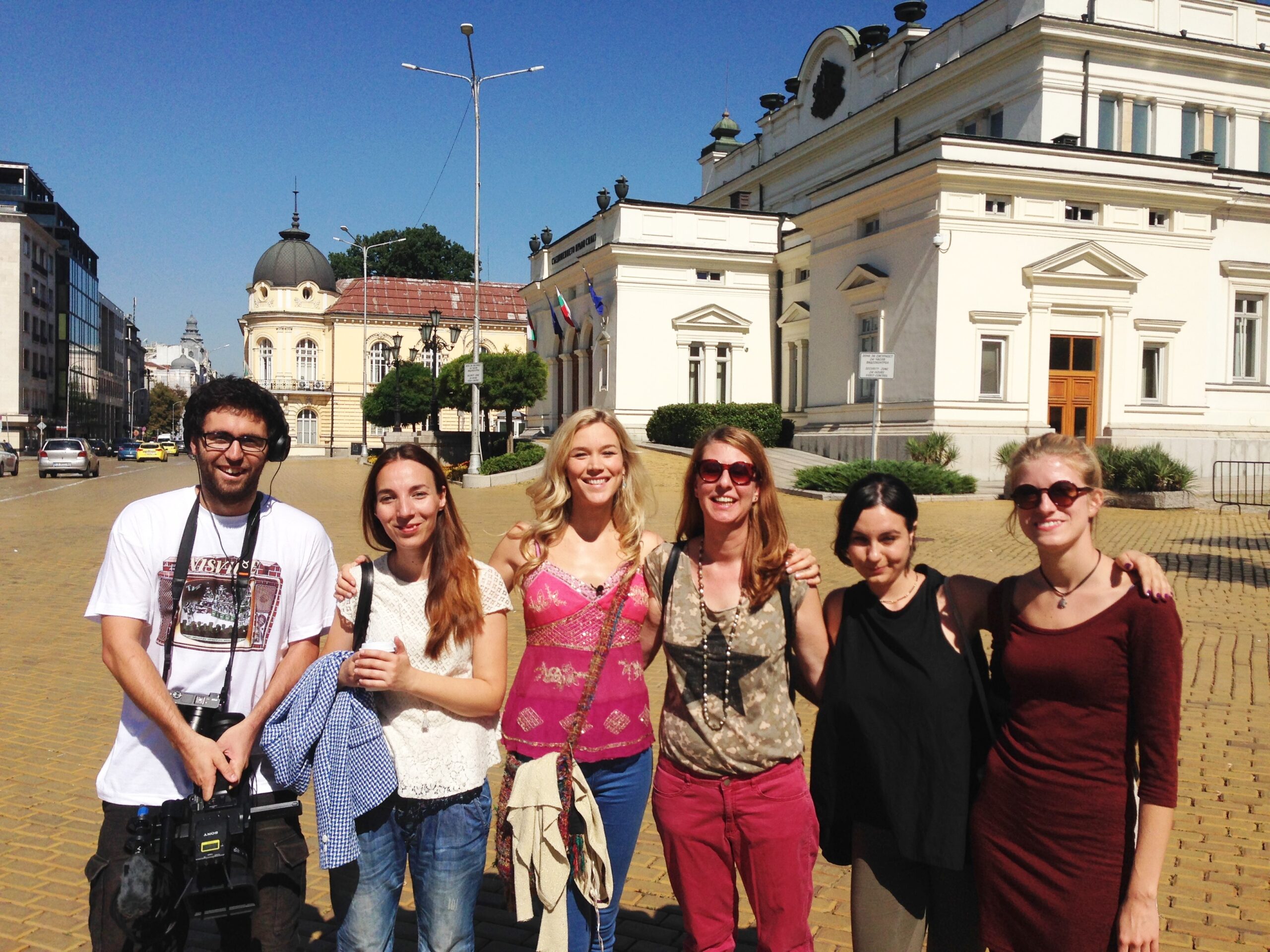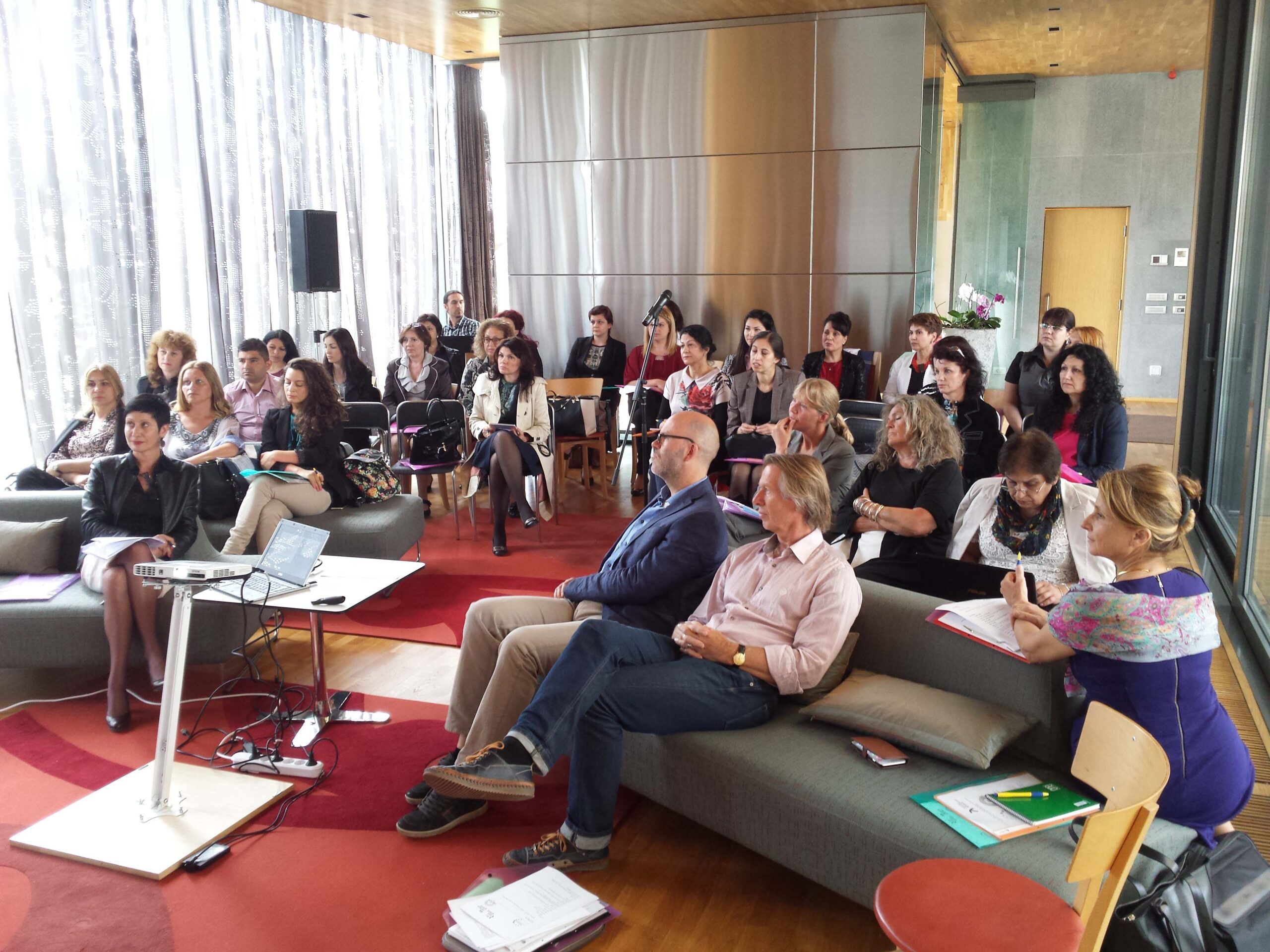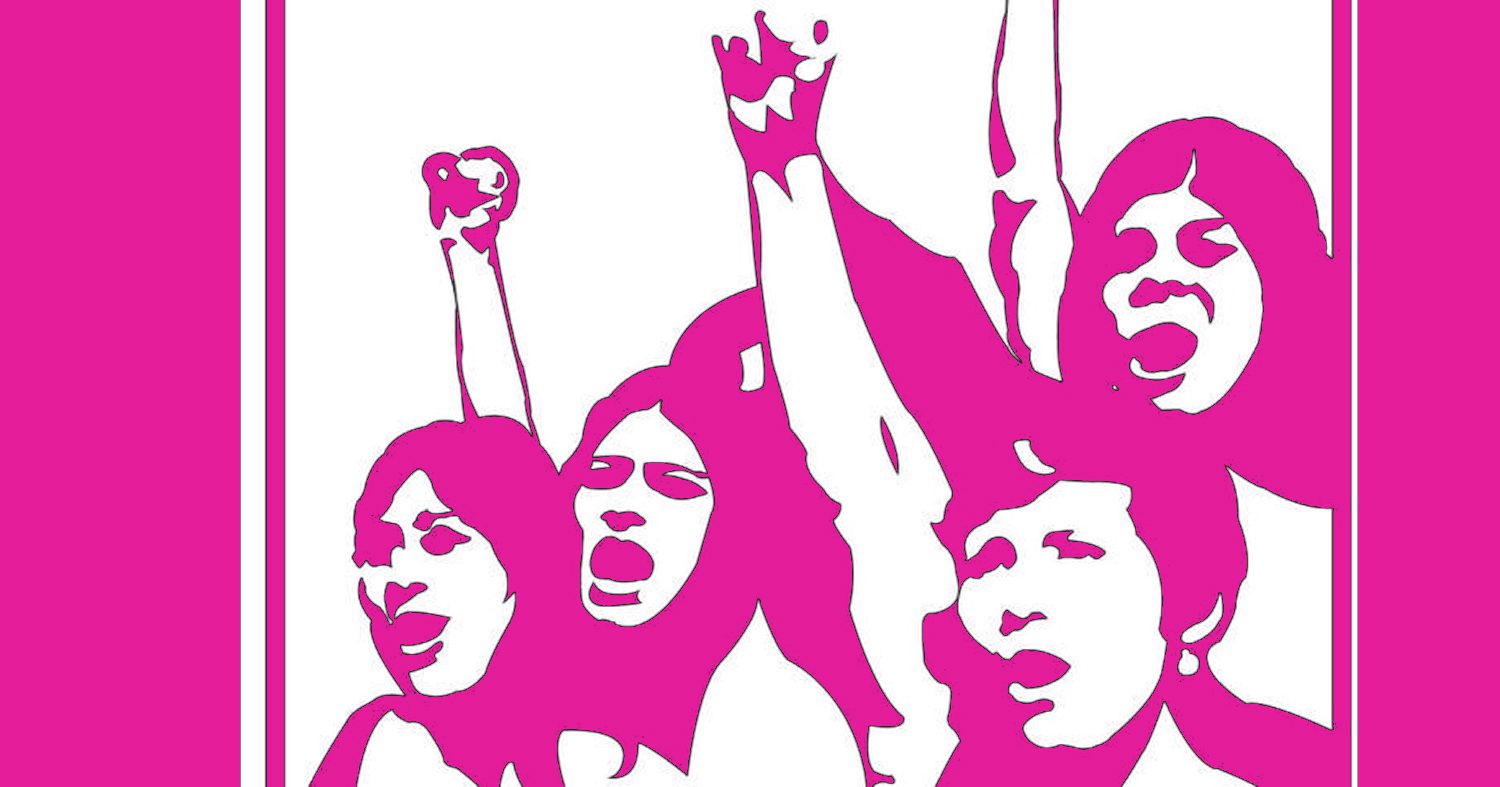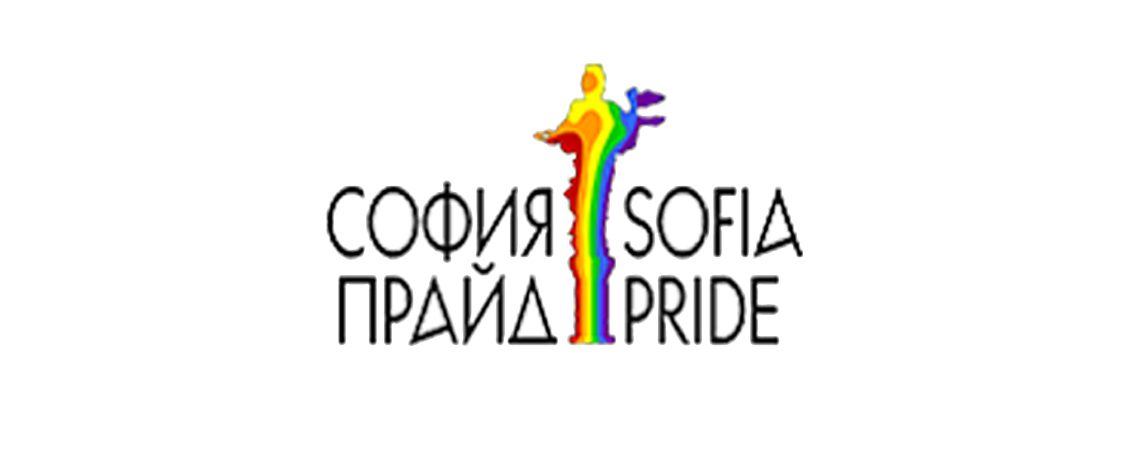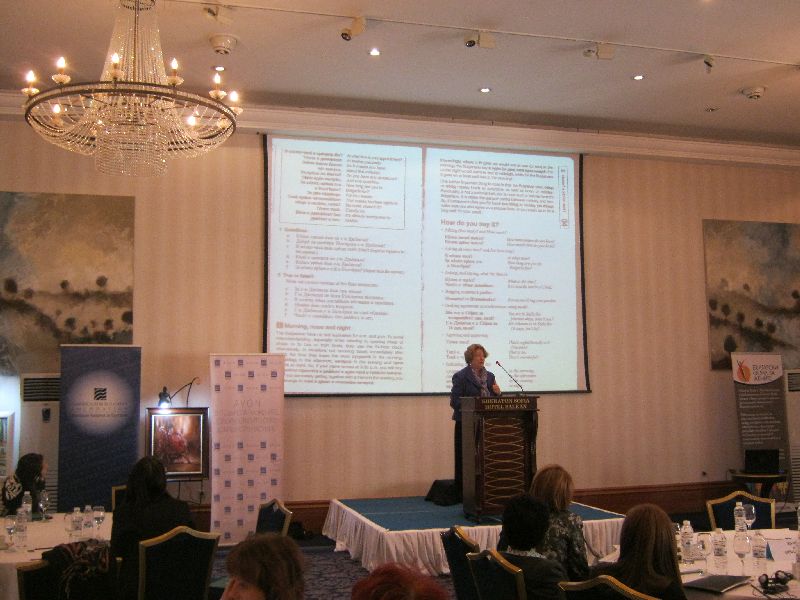Svetlana Kuyumdzhieva is a respected art historian, critic, and curator with a PhD in Art History. Her professional experience spans Bulgaria, Germany, Austria, the USA, South Korea, and other countries. Kuyumdzhieva is also a member of the International Association of Independent Curators (ICI). Throughout her career, she has worked as an independent curator on significant projects, including “Documents. Painting after Photography in the 1970s and 1980s in Bulgaria” at the Sofia Art Gallery (with Daniela Radeva) and “Acqua alta. History of Bulgarian National Participations in the Venice Biennale 1910–2024” at the Plovdiv Art Gallery (in collaboration with Plamen V. Petrov and Georgi Sharov).
In 2023, she curated the “Needles in a Haystack” exhibition at the National Gallery – Palace, which drew over 4,000 visitors. The exhibition showcased the second edition of the BFW “Fund for Art Projects by Women Artists” and featured the works of female artists from Bulgaria.
We asked Svetlana Kuyumdzhieva about the significance of art created by women and marginalized communities, its impact on society and the artistic community, and how access to the Bulgarian art scene has evolved.
What is the significance of the work of the Guerrilla Girls in the context of the Bulgarian art scene?
In Bulgaria, the type of guerrilla activism associated with the Guerrilla Girls is not widely practiced or supported. There is no significant analogue to their form of art activism, whether in terms of advocating for women’s rights in art or political engagement. Unlike the Guerrilla Girls, who persistently and consistently challenge the art world, similar initiatives in Bulgaria are rare.
In terms of female artists in Bulgaria, it seems that they had a stronger awareness of their roles and independence a hundred years ago compared to the present. The visit of the Guerrilla Girls seems especially valuable for Bulgaria, where their approach could introduce a fresh perspective on the role of women in the art world.
If you could include one work of Bulgarian art in a conversation with the work of the Guerrilla Girls, what would it be and why?
There are many works of Bulgarian art that could be put in dialogue with the Guerrilla Girls, and it’s not difficult to find fitting examples. The 1990s, in particular, offer a wealth of material. One notable work is The Museum – a Reason for Meeting and Acquaintance by Kalin Serapionov, a piece that provoked significant controversy and conversation at the time. It would be intriguing to see how the Guerrilla Girls would interpret this piece.
Additionally, Elena Karamihaylova’s Optimism from the National Gallery, the work of Vaska Emanuilova, or even the early self-portrait of Lika Yanko – depicting herself alone with a dog on a bench – all present rich opportunities for dialogue.
That said, comparing the Guerrilla Girls’ art to the works of Bulgarian female artists feels less valuable than contrasting their approach with the male-dominated art scene of the 1990s. While contemporary Bulgarian art has seen feminist artists, the methods they use stand in stark contrast to those employed by the Guerrilla Girls.
Why is art created by women and other marginalized communities important to society and artistic circles? Has the access of these groups to the Bulgarian scene changed, and in what way?
While awareness around the access of women and marginalized communities to the Bulgarian art scene has grown, it has not significantly changed. Few people actively monitor or engage with this issue.
There has been an increase in the number of women in leadership roles within museums and cultural institutions, but the progress remains modest compared to the extreme underrepresentation of women in the past. Female curators now outnumber their male counterparts, and there is a growing number of female artists. However, when you examine the programs of provincial galleries and museums, you’ll find few retrospectives of female artists, and the gender balance in group exhibitions remains an issue.
Women’s representation is improving, but they are still often confined to areas that require the most work, while they remain underrepresented in spaces where art is celebrated, praised, and recognized.
“The Art of Behaving Badly” continues until June 8, 2025, at the National Gallery / Kvadrat 500. This exhibition is part of the multi-year project of the Bulgarian Fund for Women, titled “Fund for Art Projects by Women Artists”. The exhibition explores the intersection of art, gender, and societal norms, creating a space for challenging traditional roles and showcasing the voices of women in contemporary art.

